Last year around this time, I wrote an article about Japanese whisky, which was essentially an introductory piece (if you haven’t read it yet, you can click here to preview).
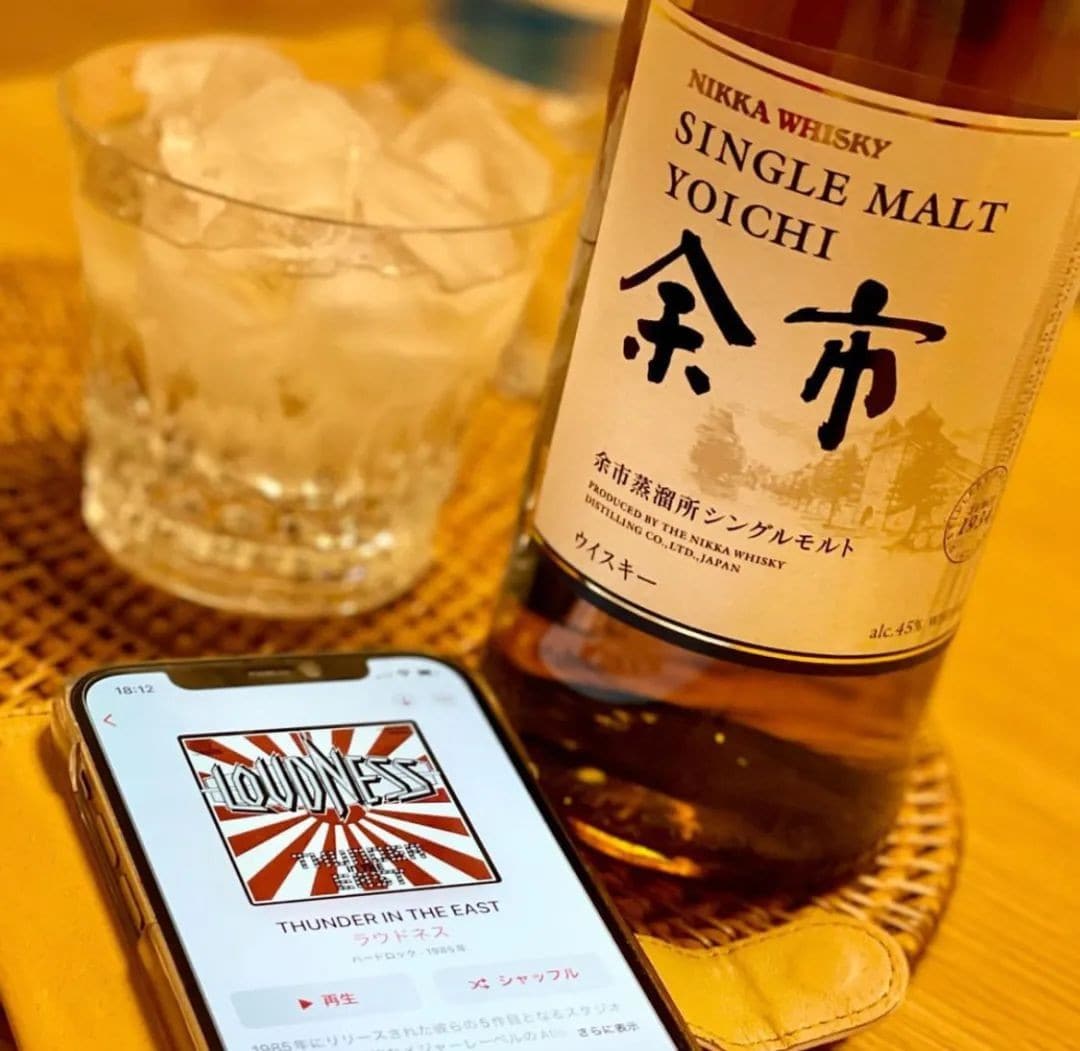
The response was unexpectedly positive, indicating that there were already quite a few people interested in Japanese whisky at the time. Life indeed needs the occasional indulgence in a small drink to relax.
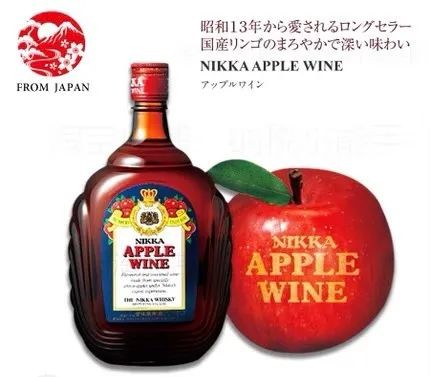
So today, I’m continuing the conversation about Japanese whisky. It’s a delight to write a guide-like article about something you love.
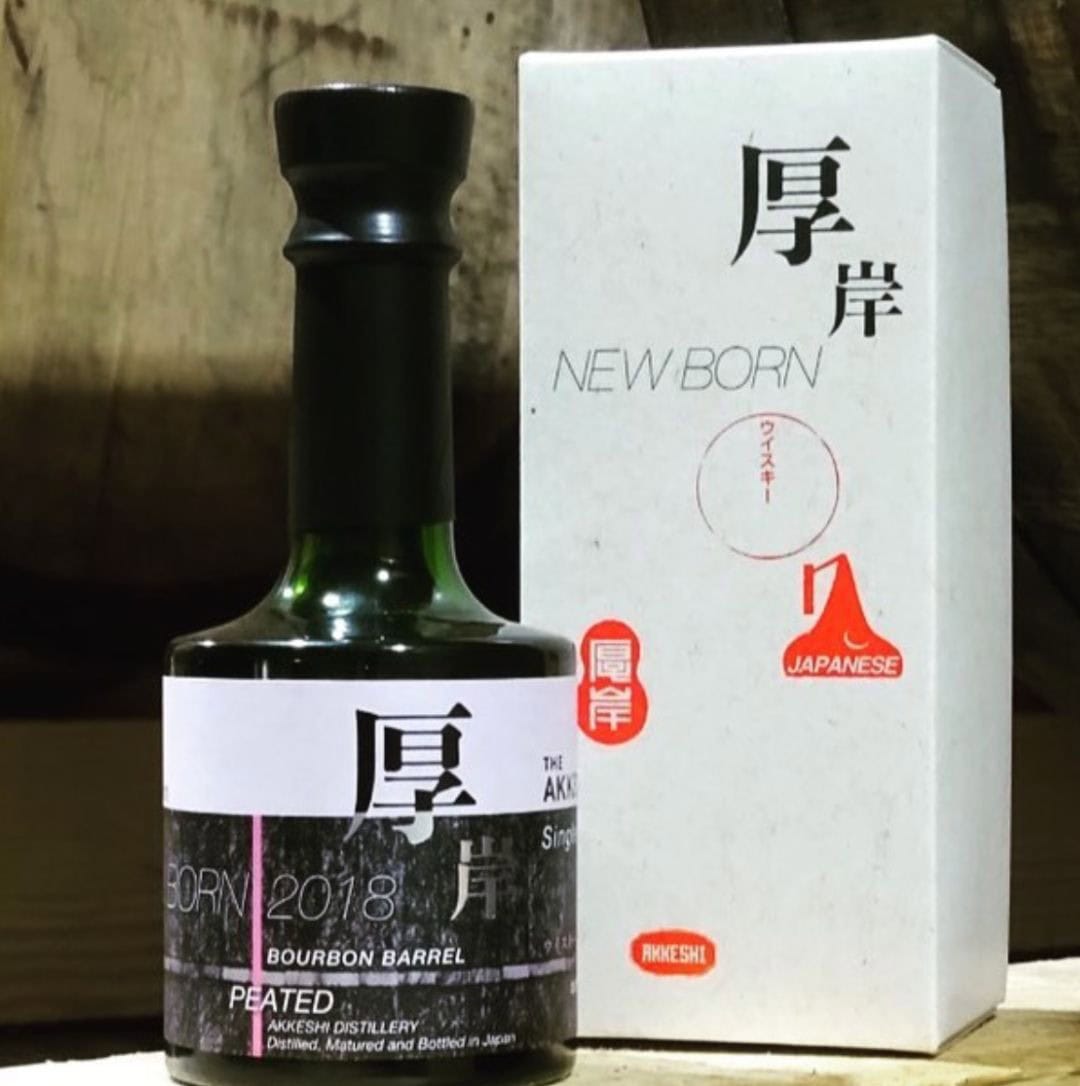
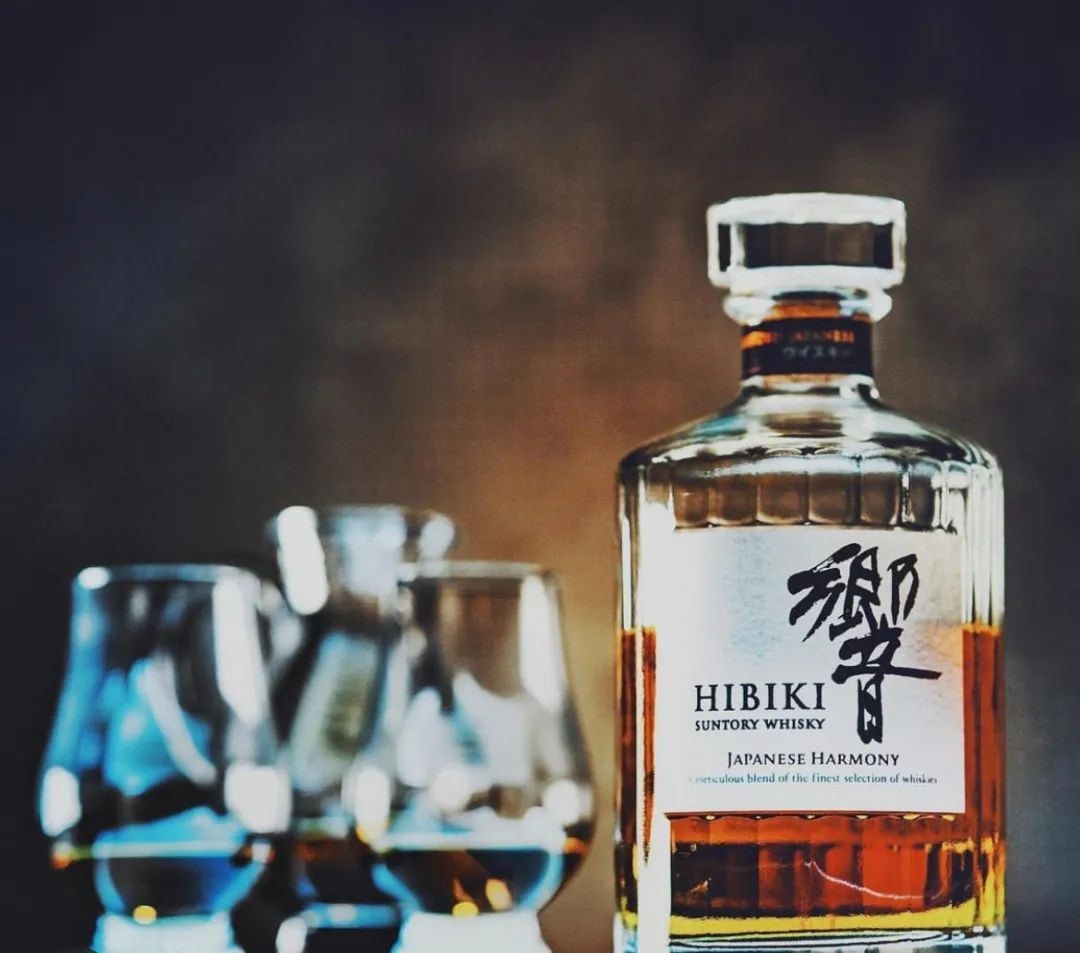
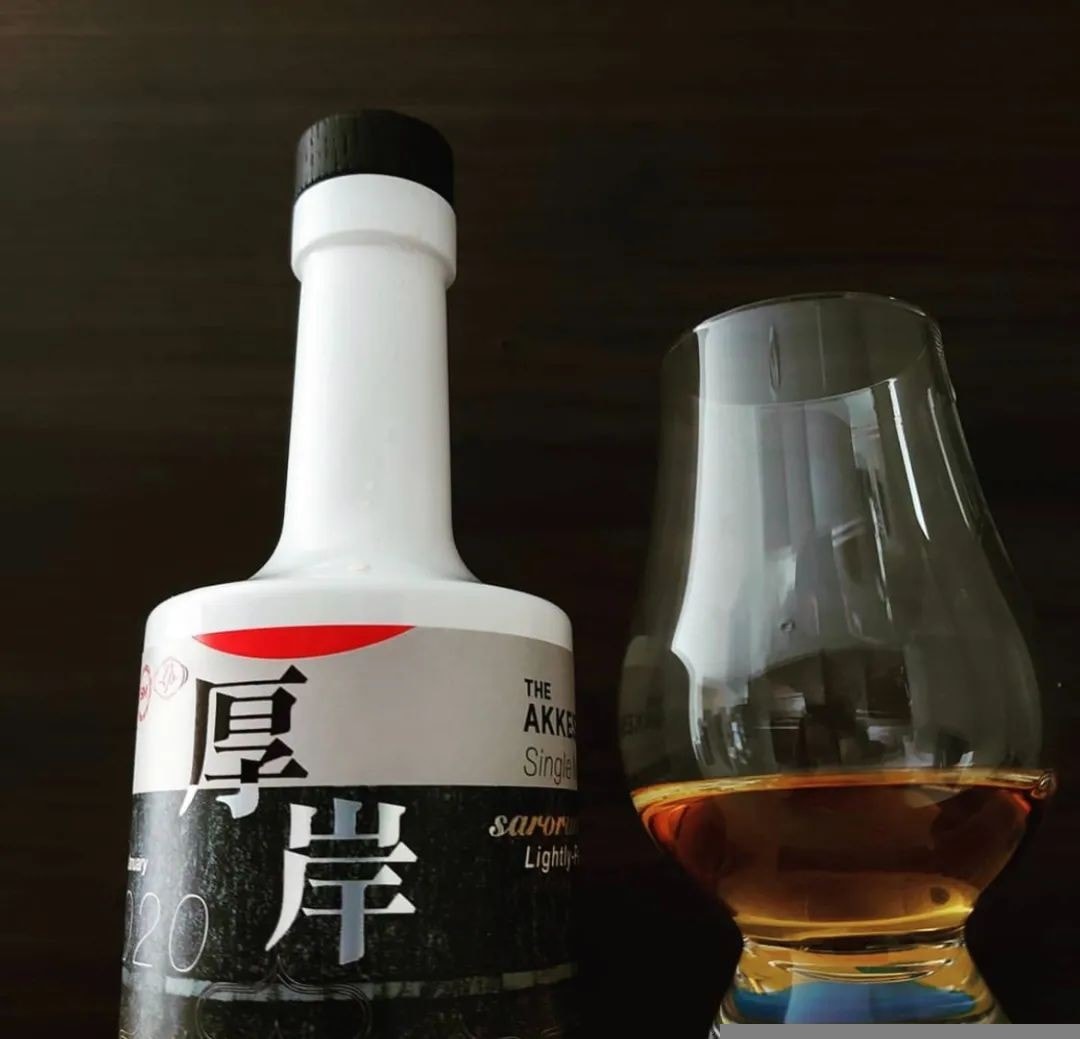
Over the past year, the popularity of Japanese whisky has continued to rise. Nowadays, bars and hotel executive lounges in China without a few bottles of Japanese whisky can’t maintain their prestige, and those who predicted its decline have been proven wrong.
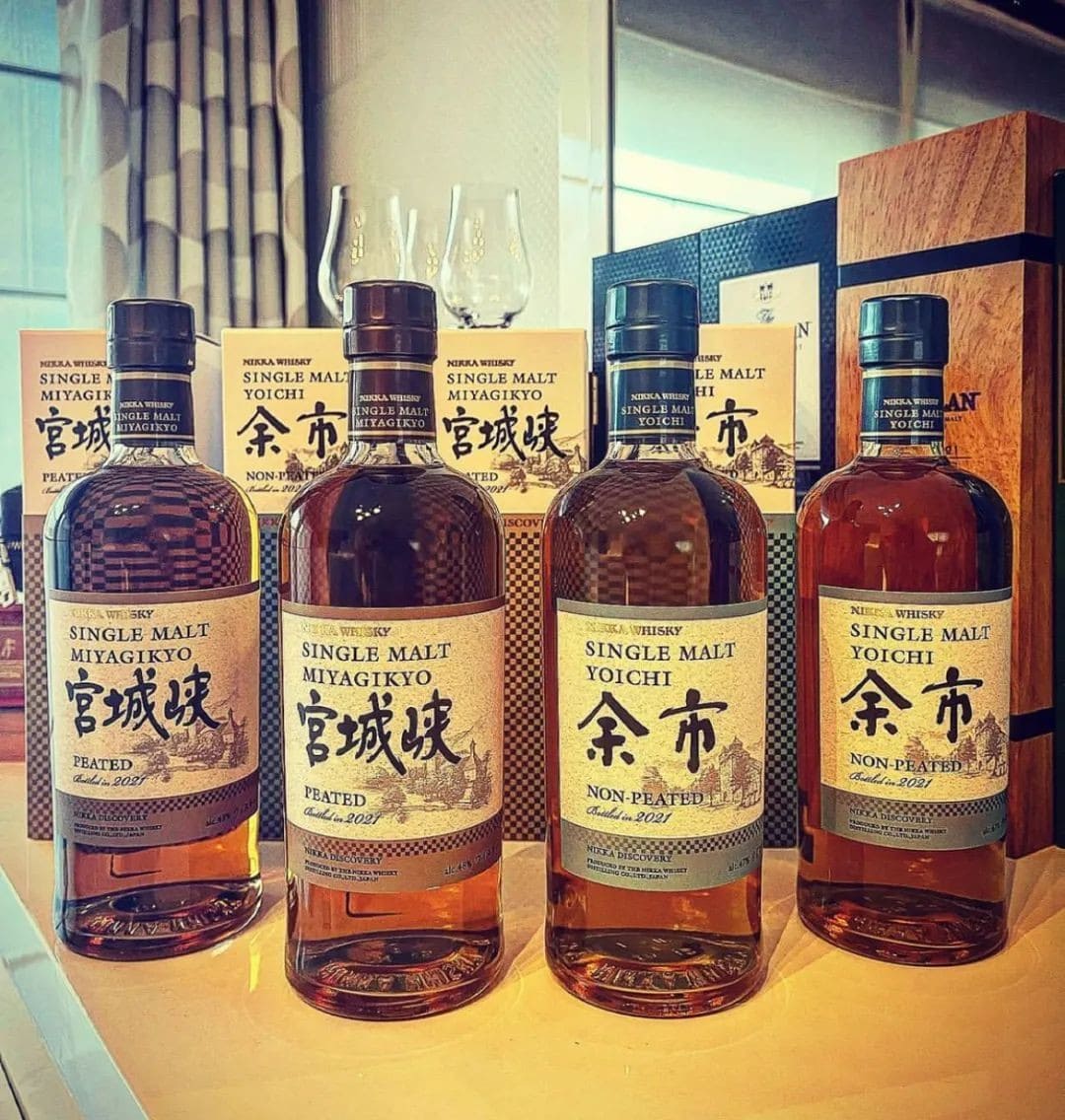
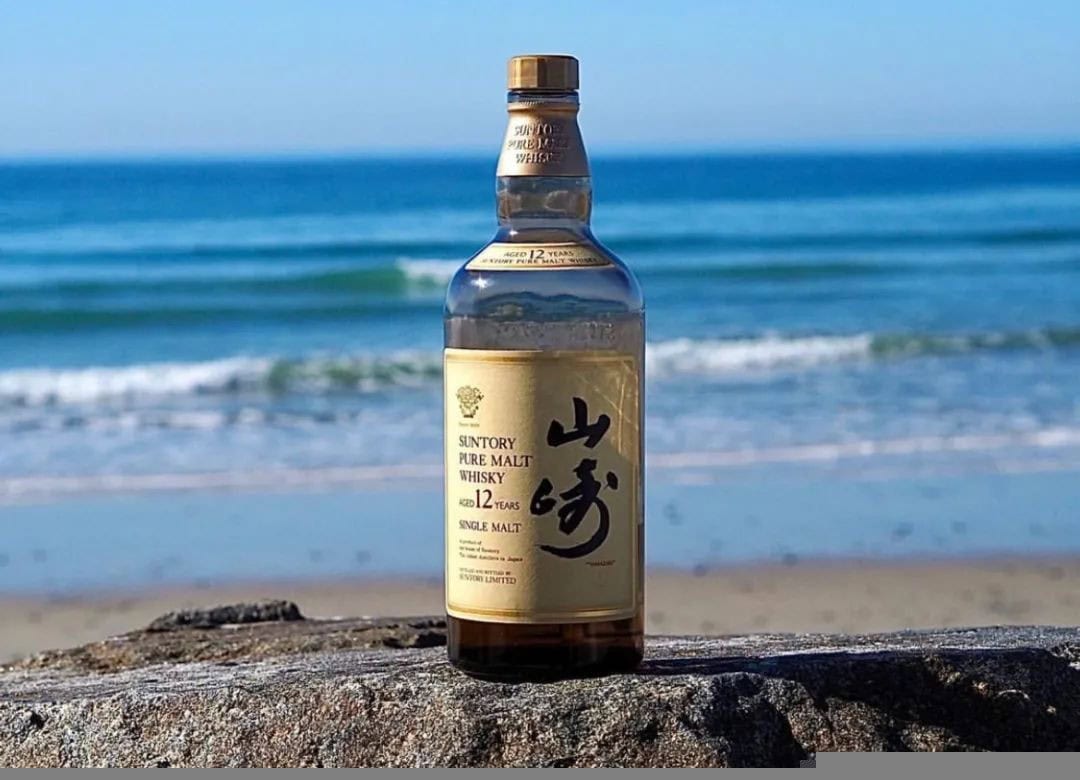
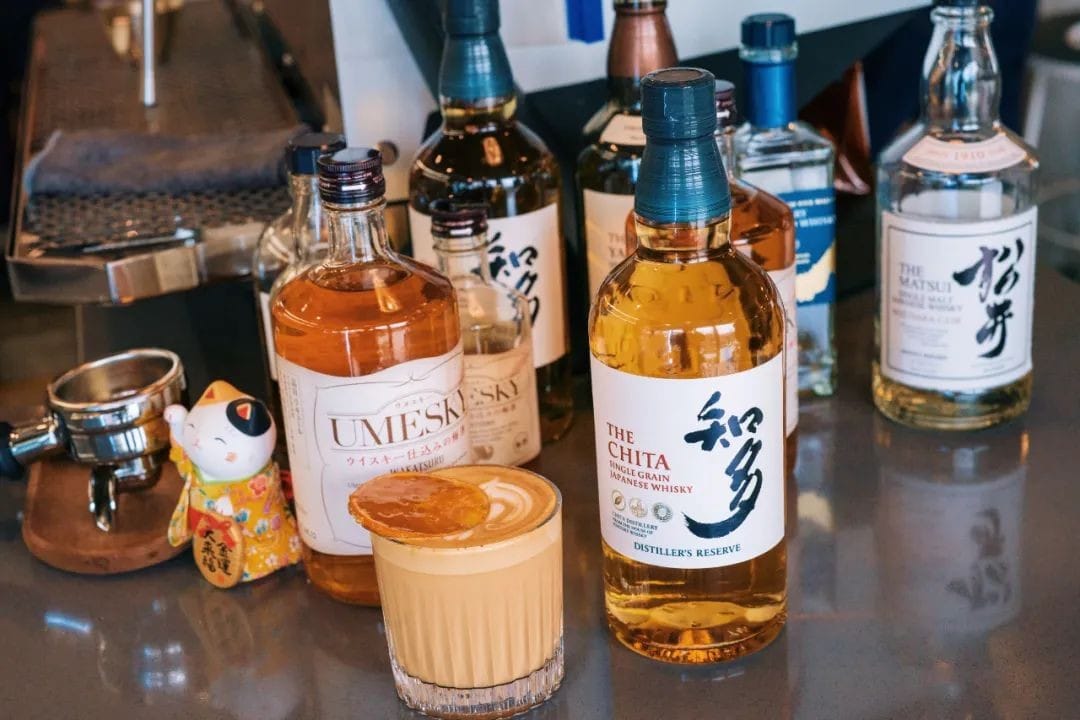
Actions speak louder than words. Let’s look at the results of the 2021 WWA (affectionately known as the “Oscars of Whisky”) awards. The blended whisky from the Chichibu distillery in Japan has once again won an award, marking its fourth consecutive victory.
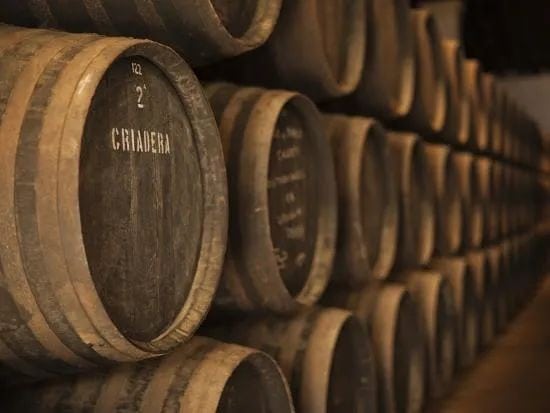
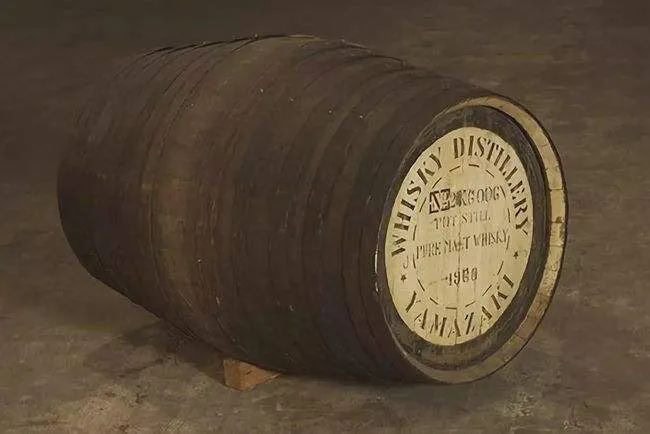
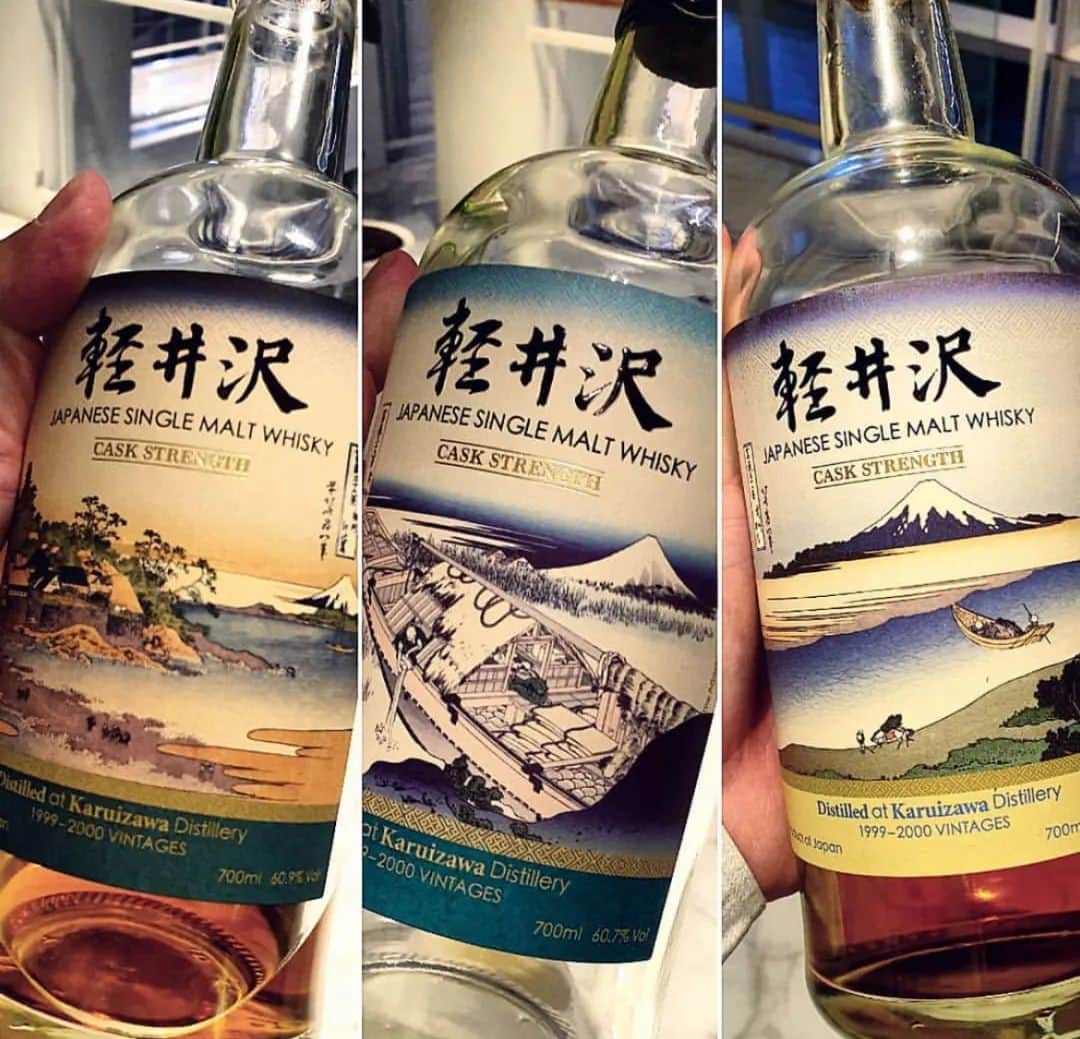
However, the decision to write a follow-up on Japanese whisky was also prompted by another occasion. The owner of Nanposhan and Cai Cai are good friends, so our editors often go to the shop to write (or slack off) and enjoy coffee.
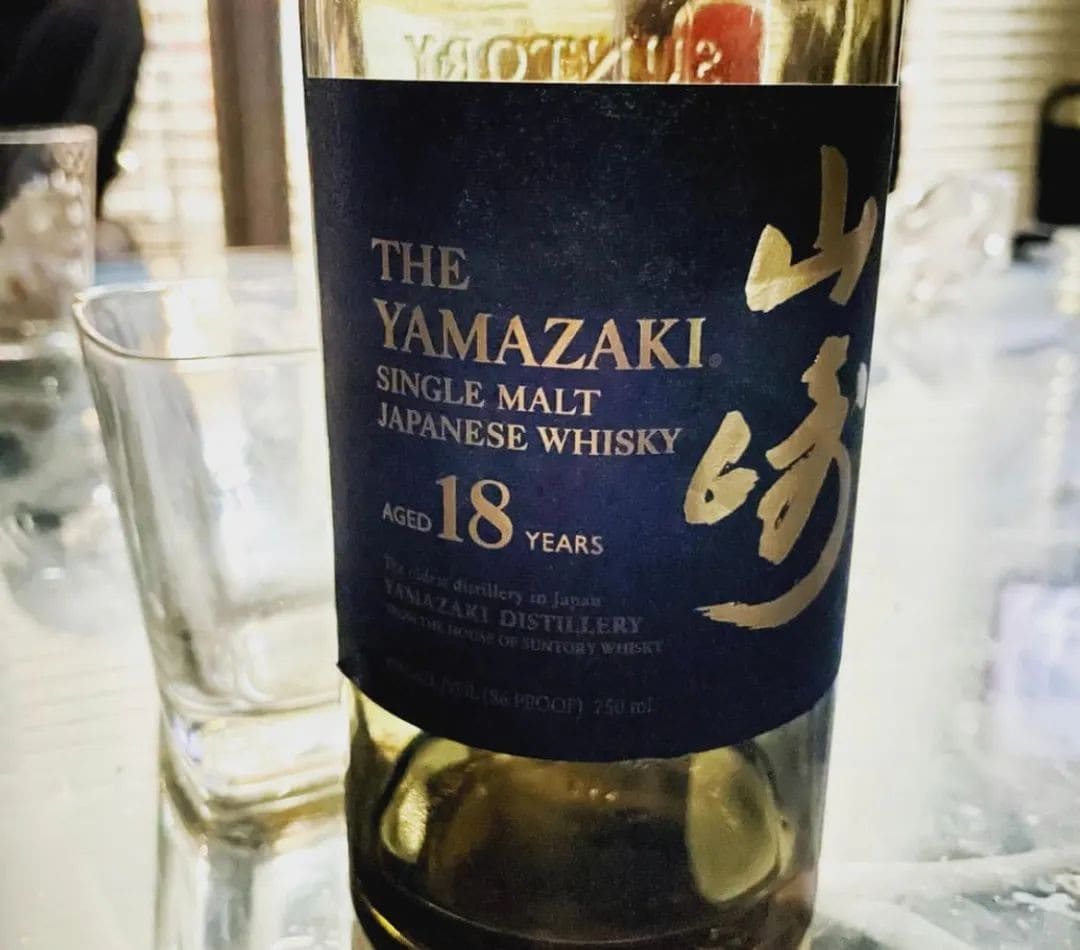
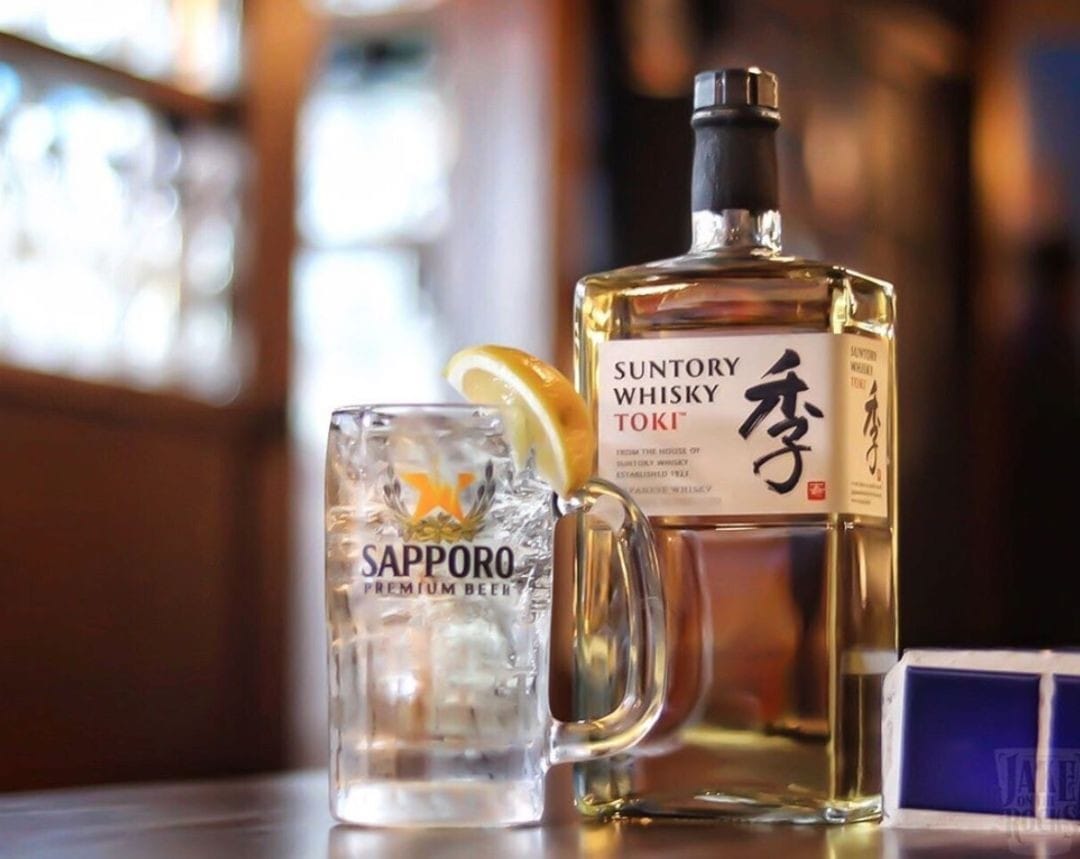
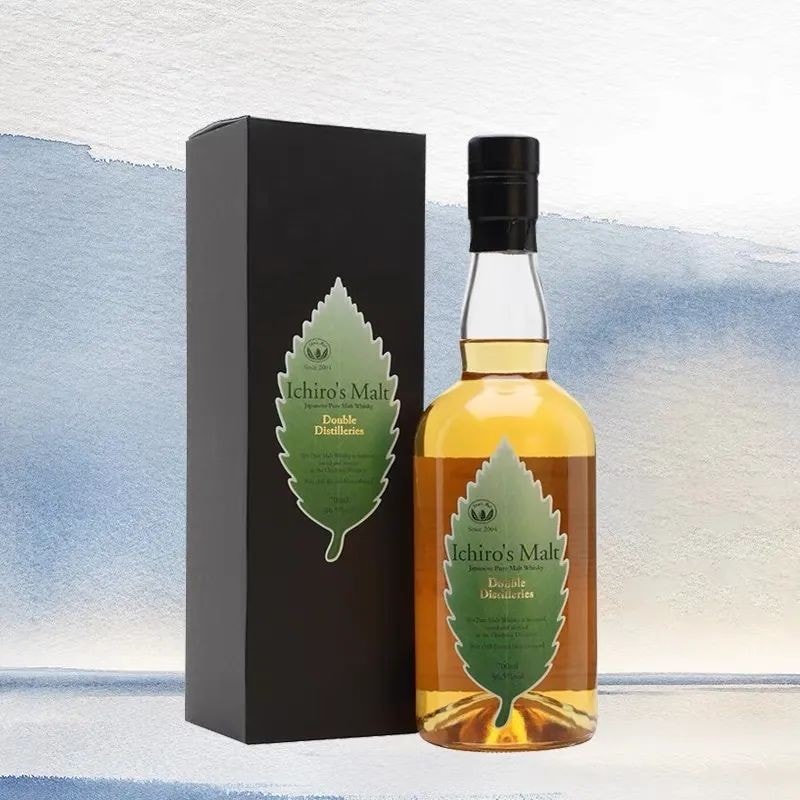
A few days ago, we happened to encounter the shop creating a new specialty coffee. The scene was so impressive that it almost felt like watching a bartender at work. Upon inquiry, it turned out that they were using Japanese whisky. I couldn’t help but think to myself: the boss is really willing to invest! I peeked at the counter and saw that they were using Chita.
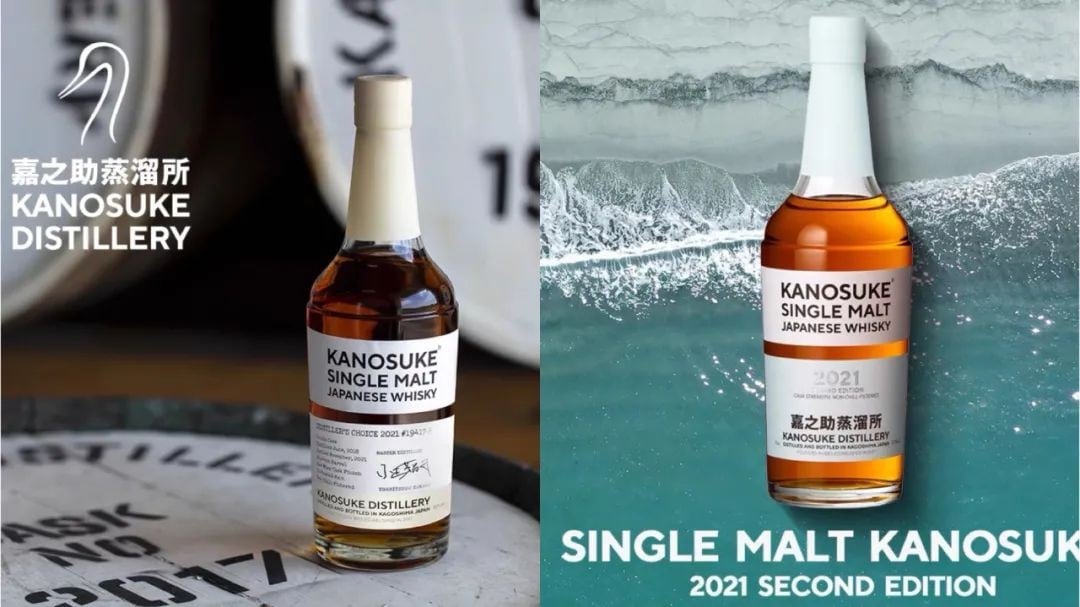
The boss mentioned that the 1.0 version used Scotch whisky, but they later decided to switch to Japanese whisky, given its inherent “popularity.”
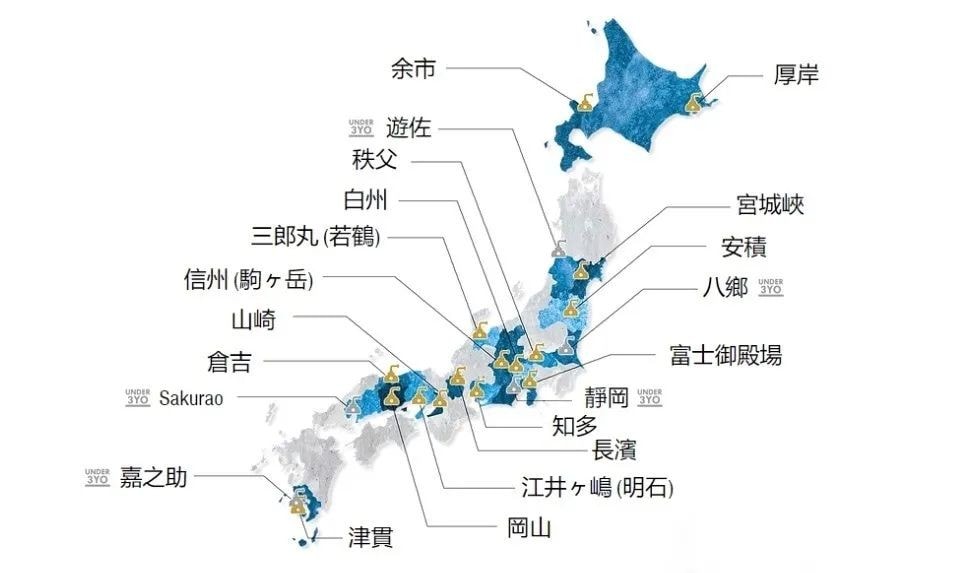

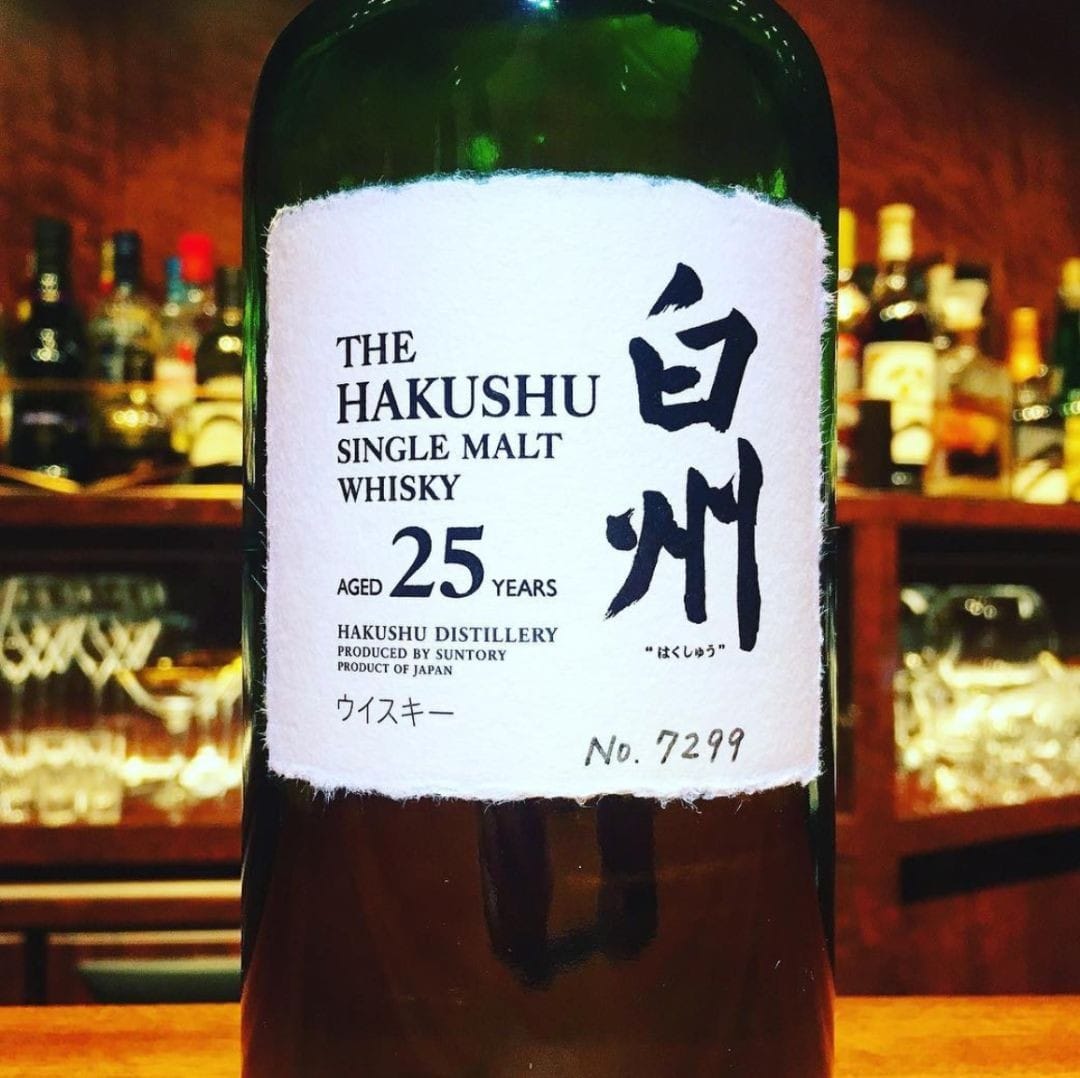
I shamelessly asked for a cup and was met with a strange yet familiar sensation upon tasting it. The strong flavor of the whisky did not overpower the aroma of the coffee and the milk, but rather gave the milk coffee a distinct edge. Before I knew it, the cup was empty, and I was left wanting more.
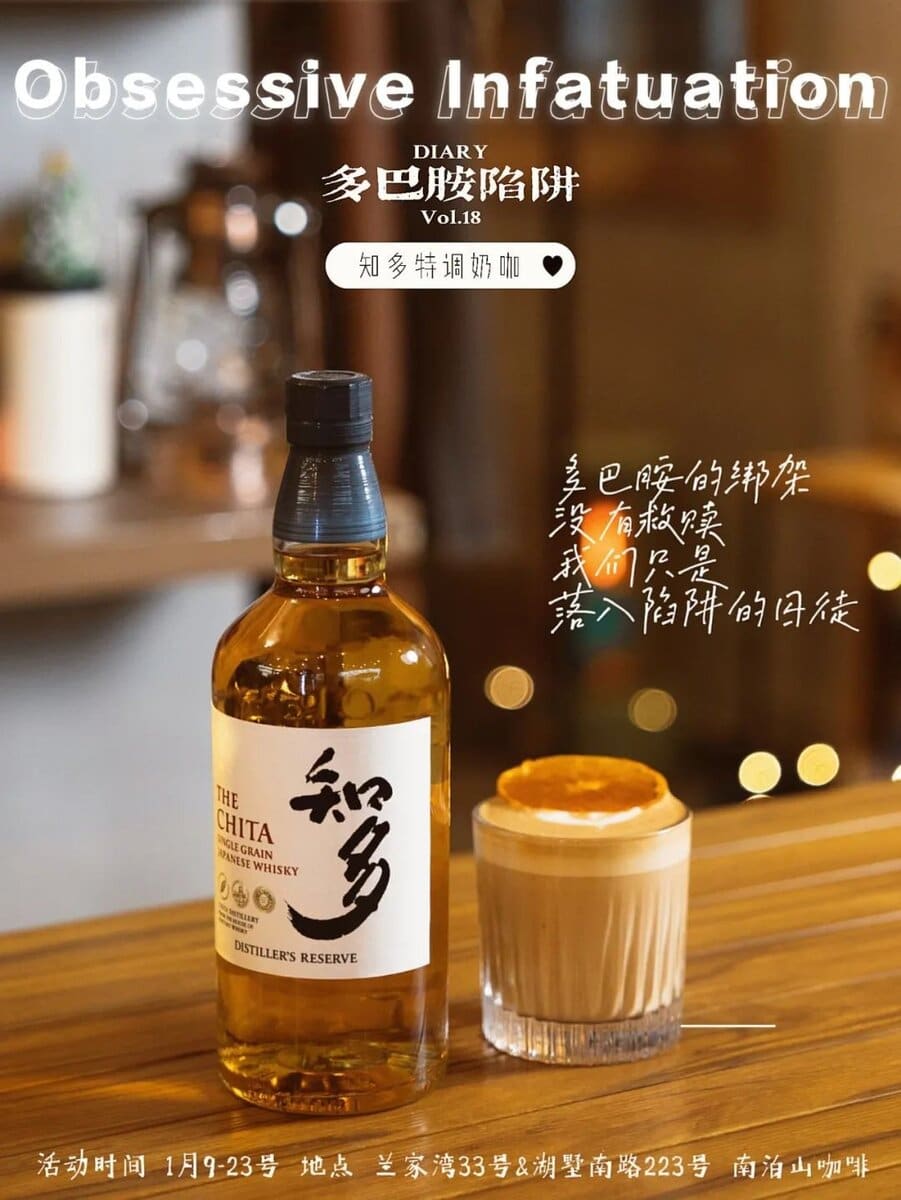
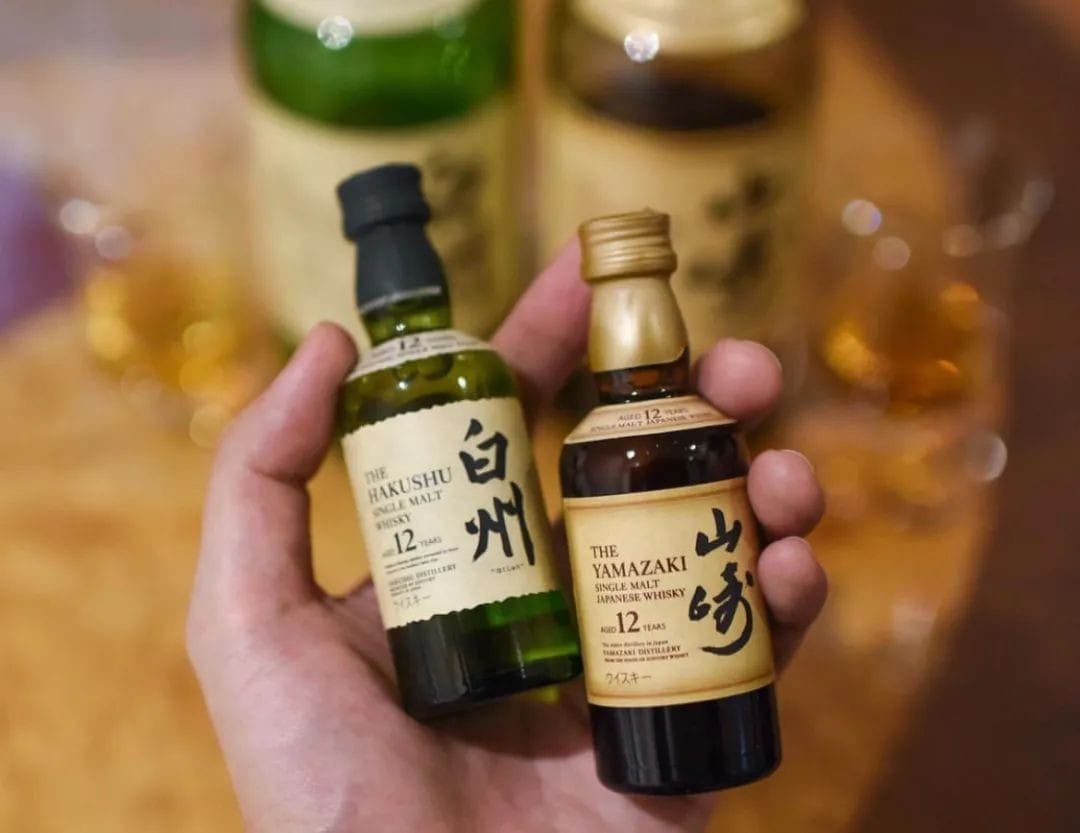
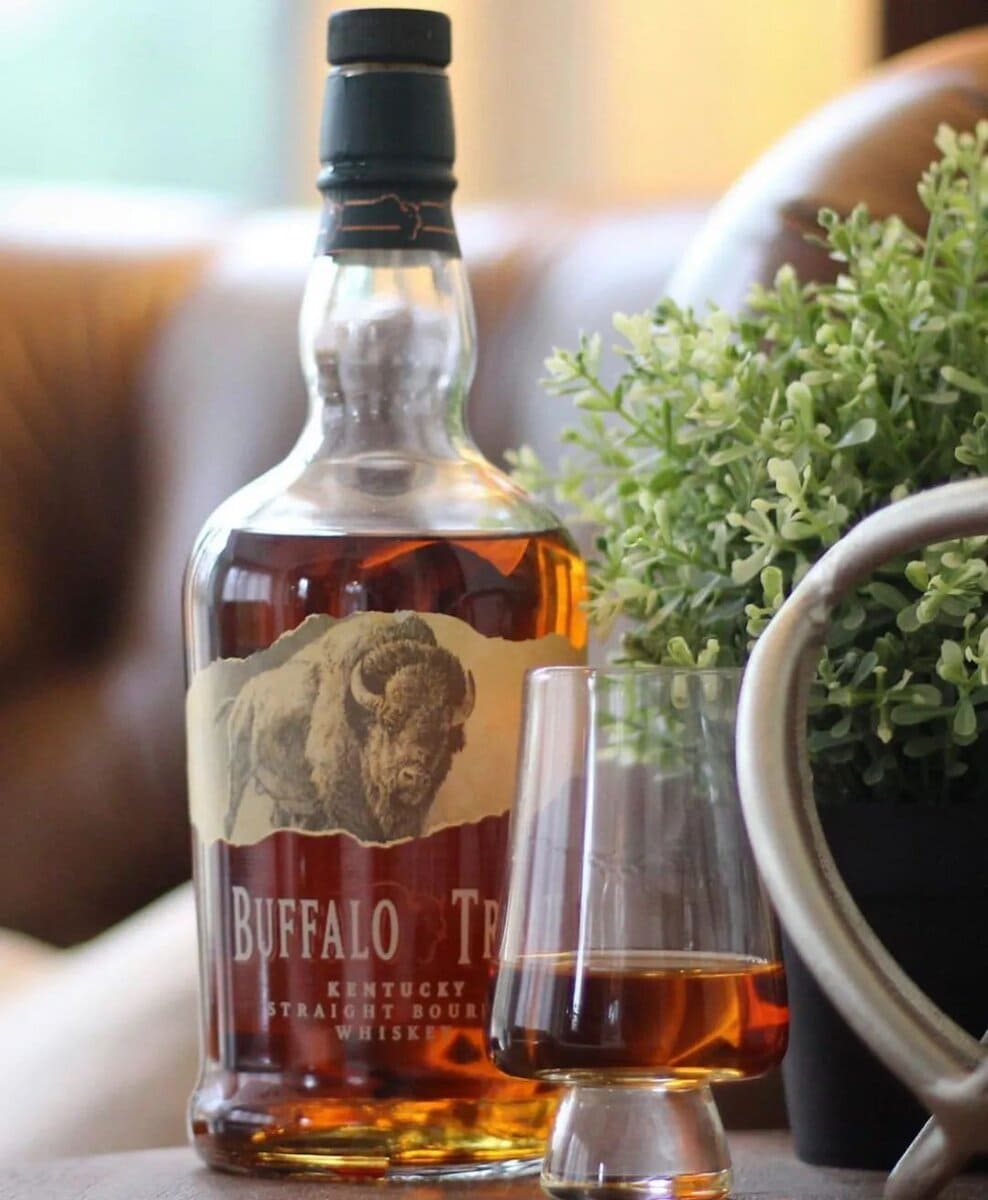
There are also two other specialty drinks with interesting names.
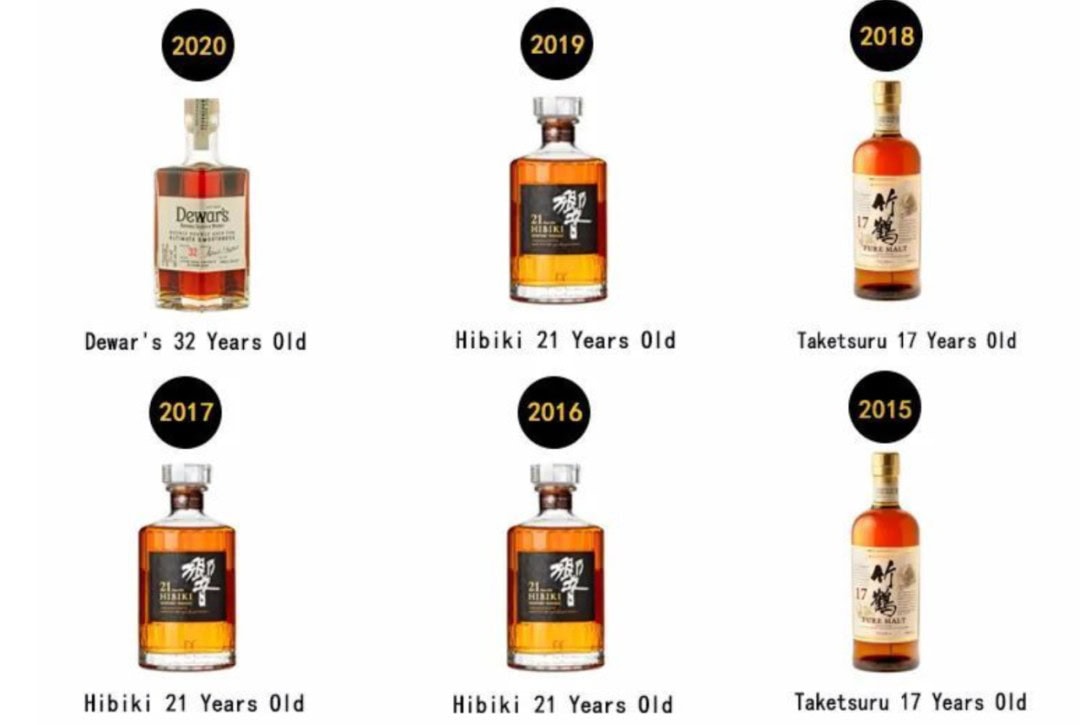
“Clear-headed in the World” features a high-concentration Ethiopian flower queen SOE, paired with Matsui burnt with brown sugar, which is quite hardcore.
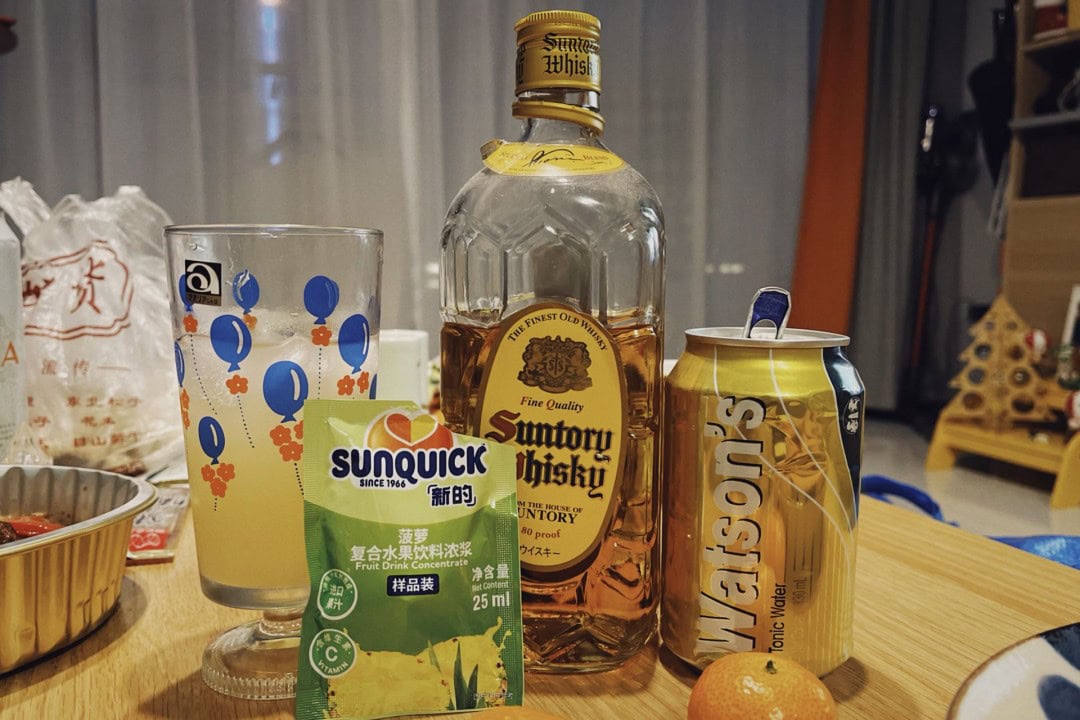
“Meeting You in Plum Sky” combines Wakatsuru plum wine with green plum syrup, ice shaker, champagne glass with salt rim, soda water, and finally drizzled with low-concentration ice-washed Ethiopian Yirgacheffe pour-over.
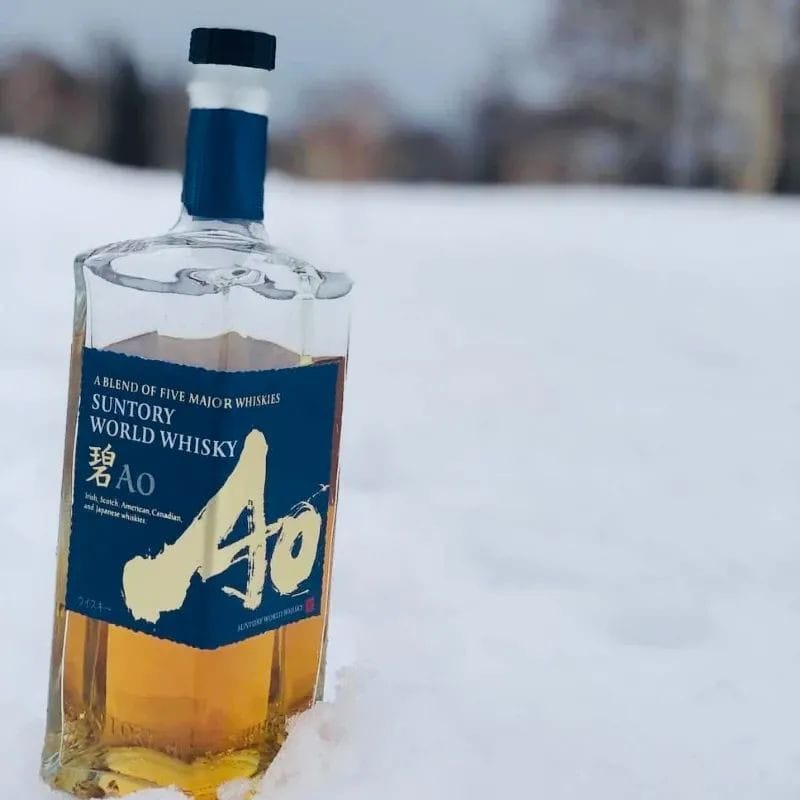
If you’re in Hangzhou, you can bring your friends who love to drink to try these out. Using Japanese whisky for specialty drinks is truly a significant investment.
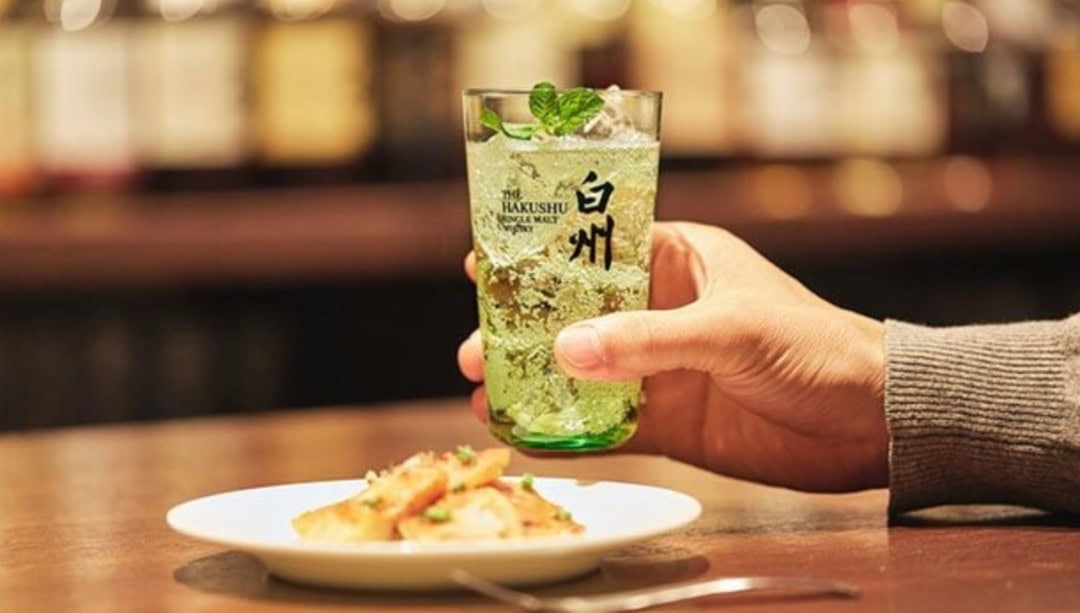
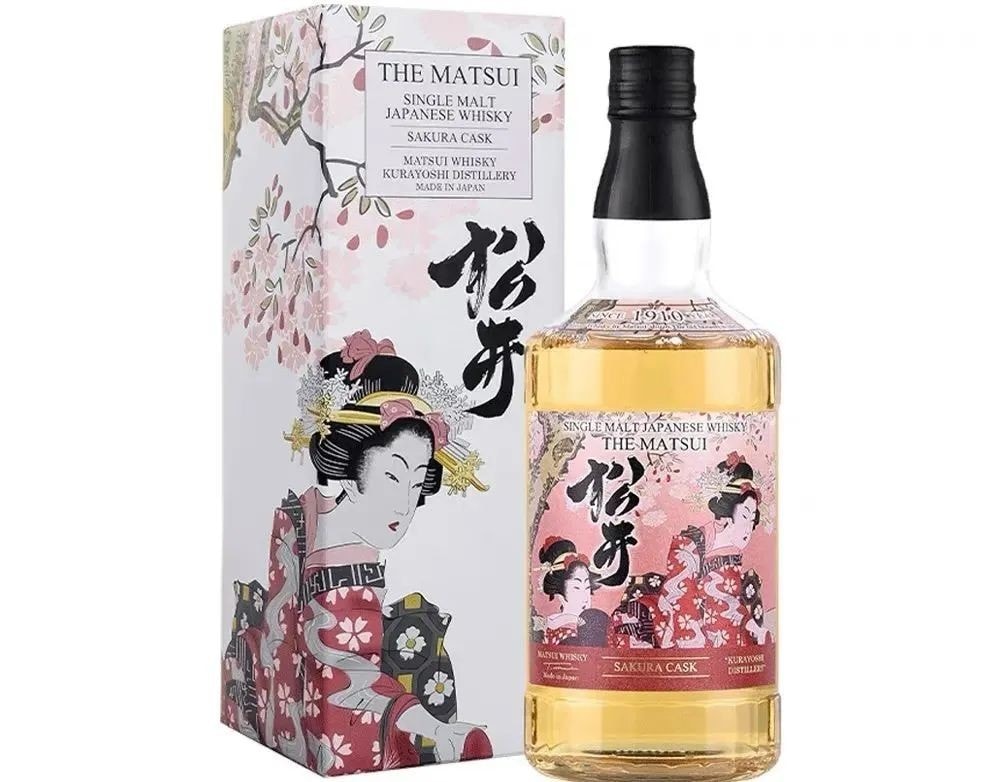
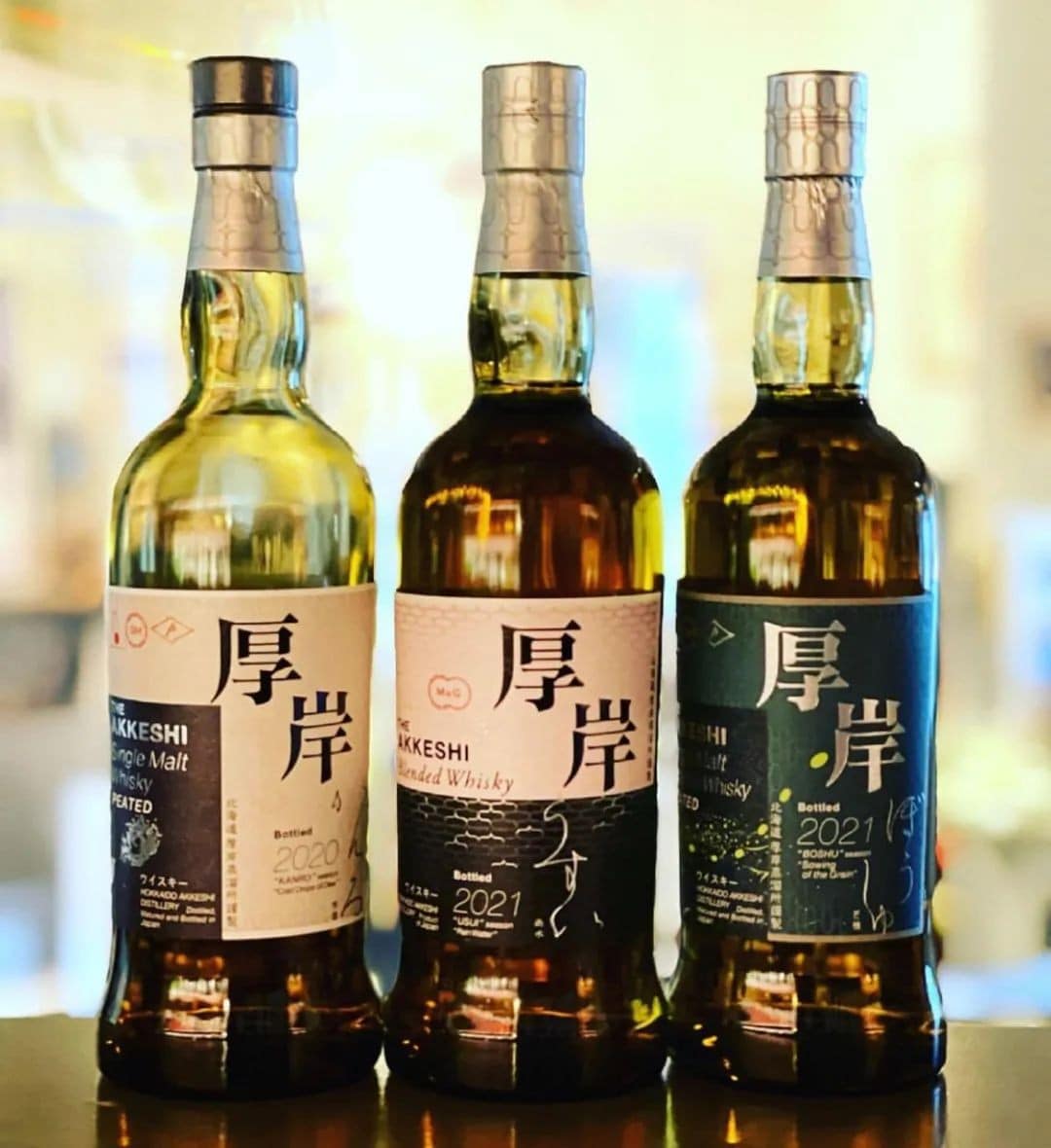
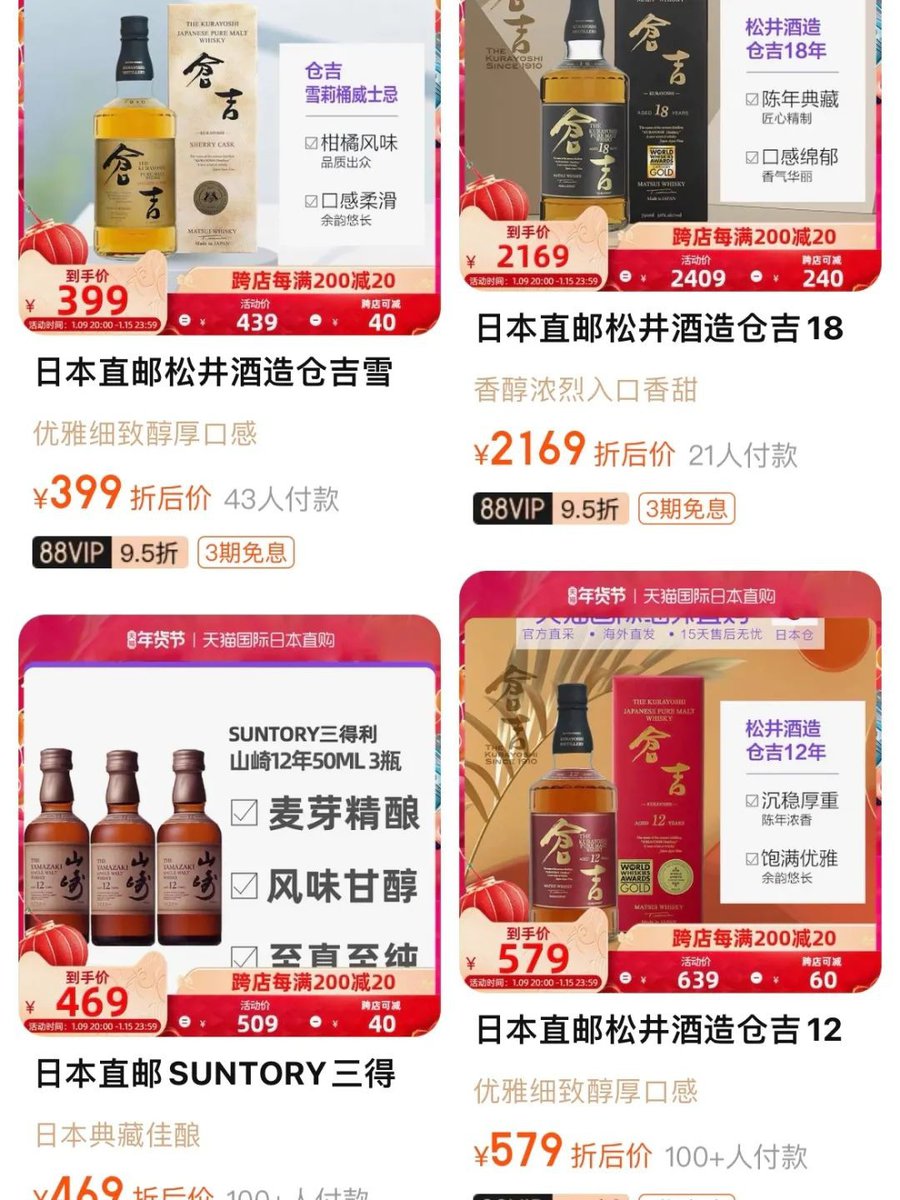
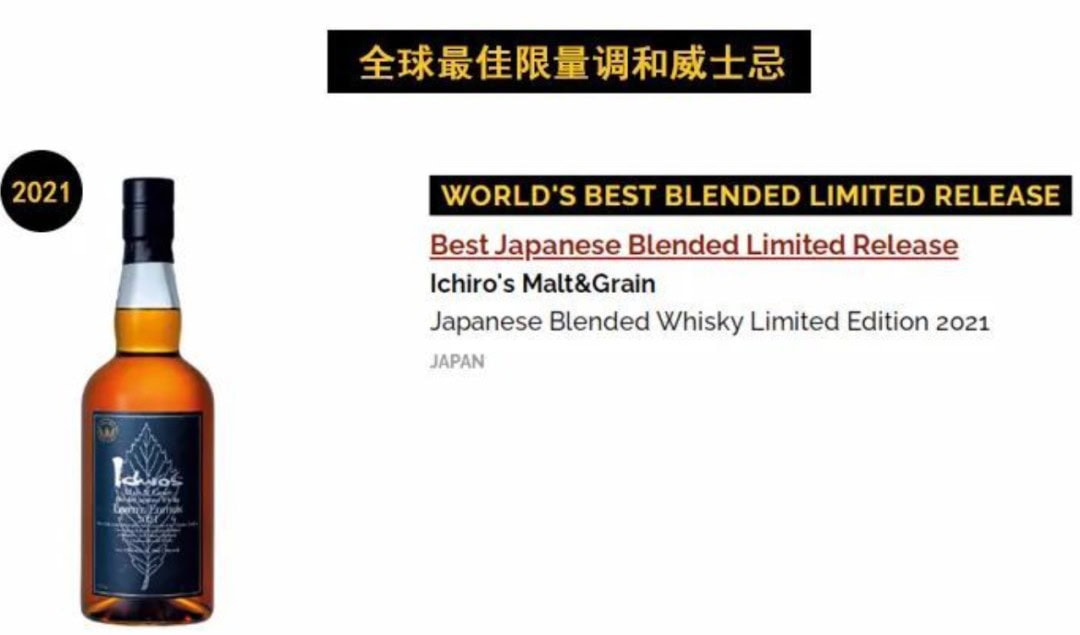
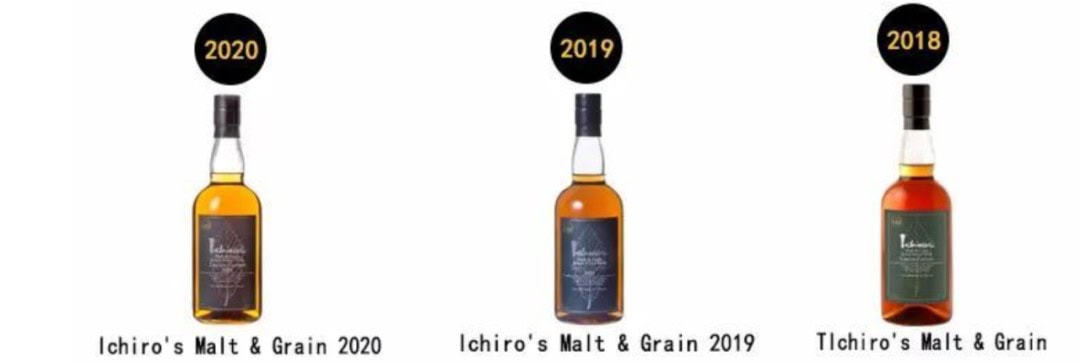
Slide left and right to view

If you want to DIY at home, you can search for the whisky emoji “🥃” on tb to buy the same product
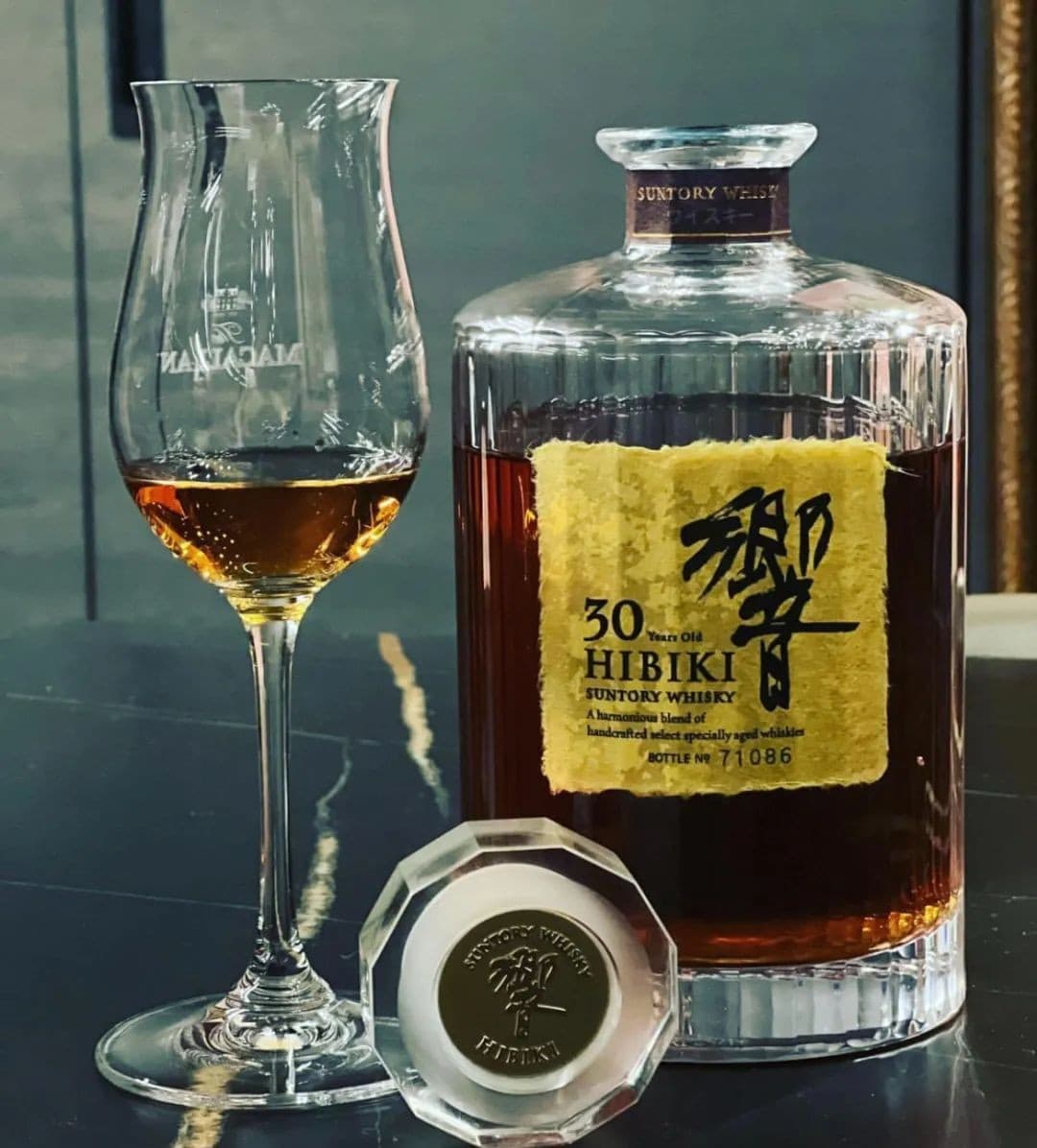
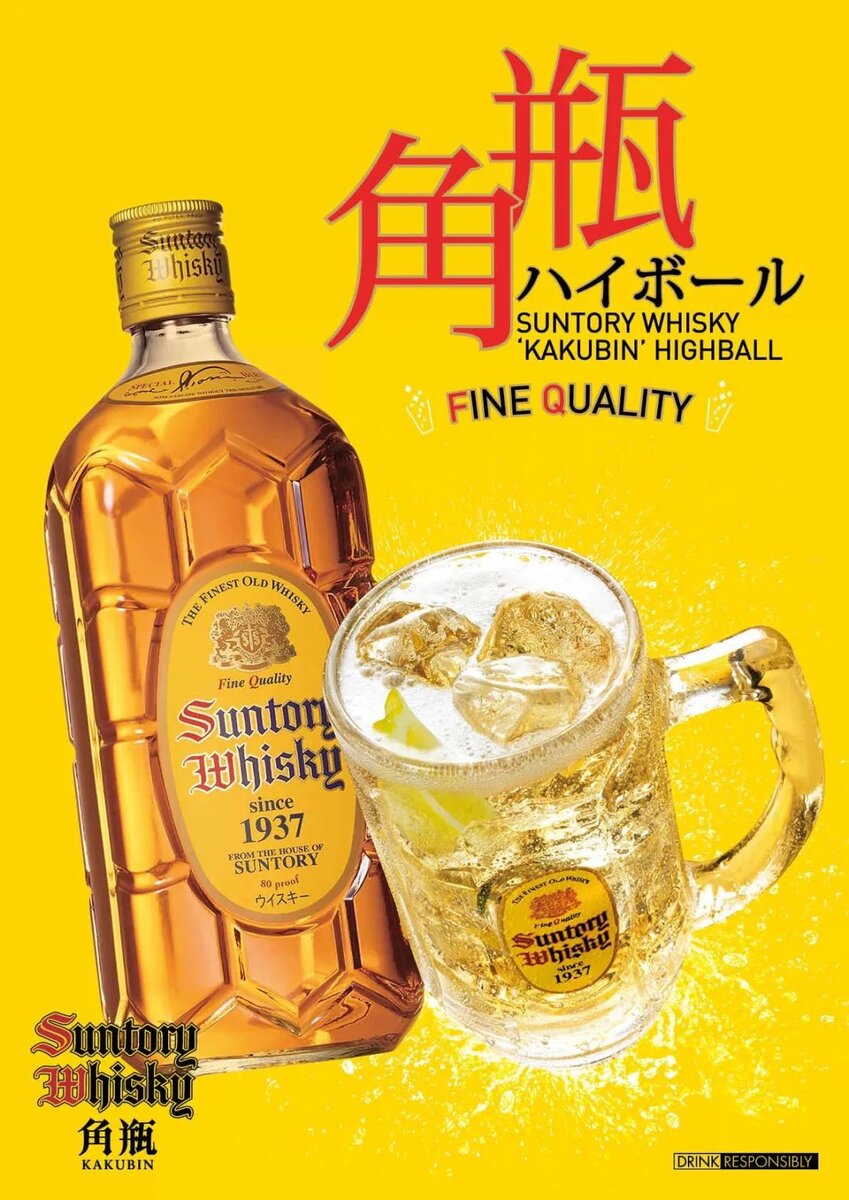
As I walked out of the coffee shop in the evening, I couldn’t help but marvel at how Japanese whisky is indeed becoming more and more impressive year by year. Although it didn’t win as many world-class awards at this year’s WWA as in previous years, in terms of discussion, Japanese whisky has clearly surpassed Scotch whisky.
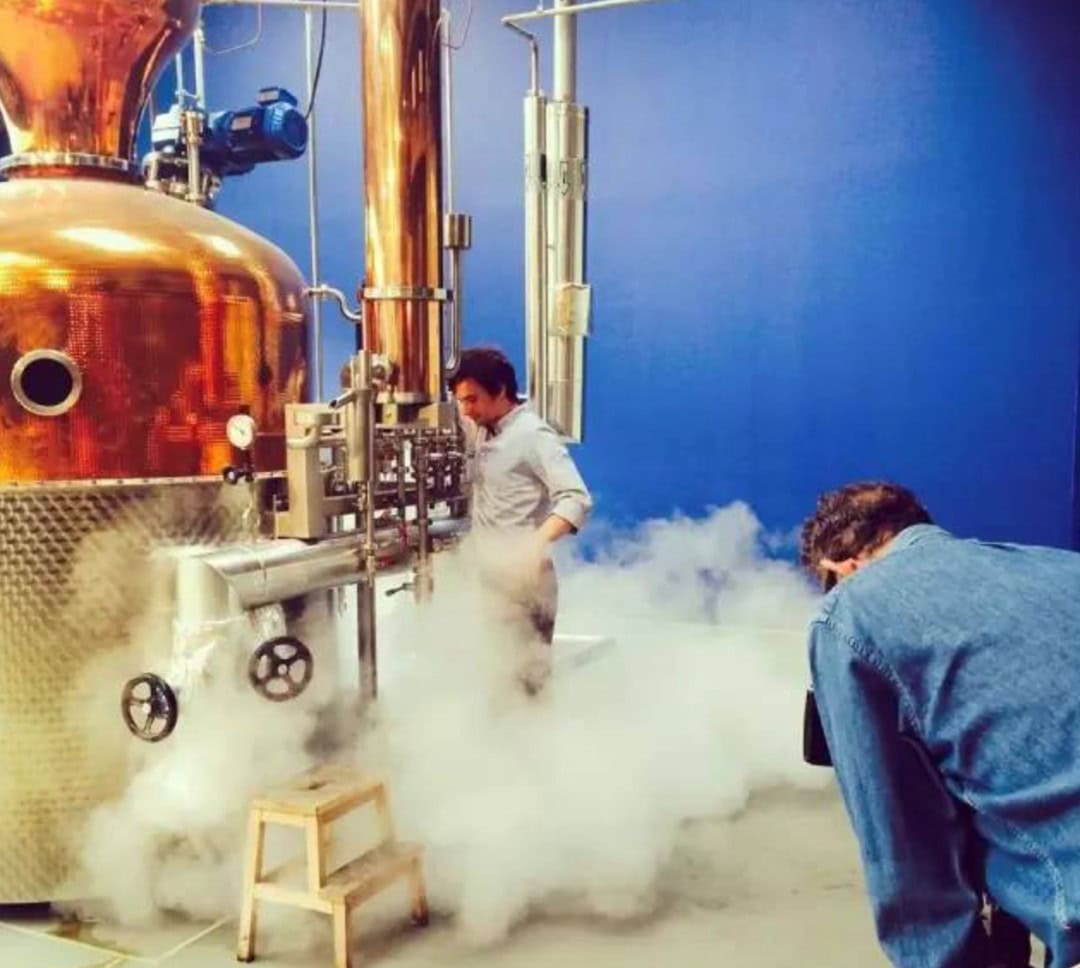
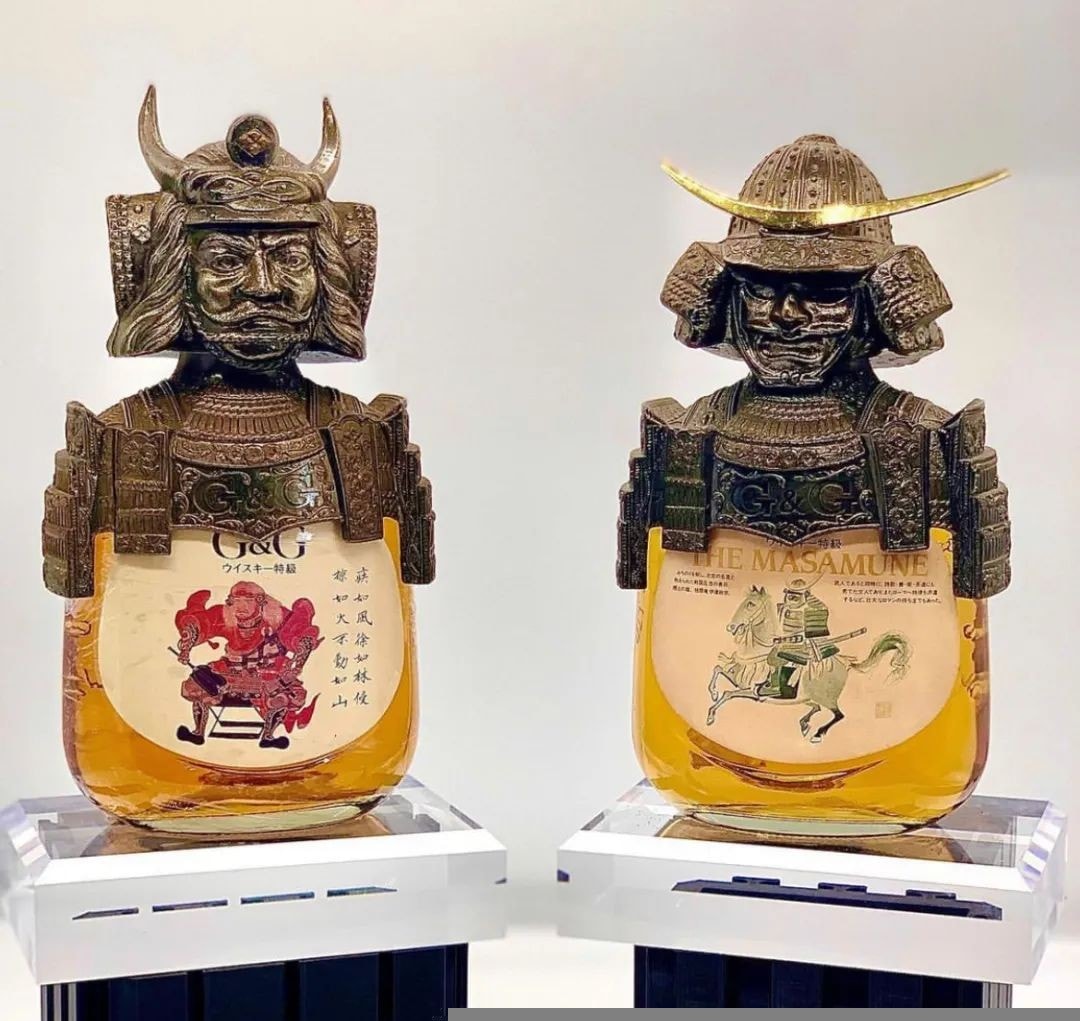
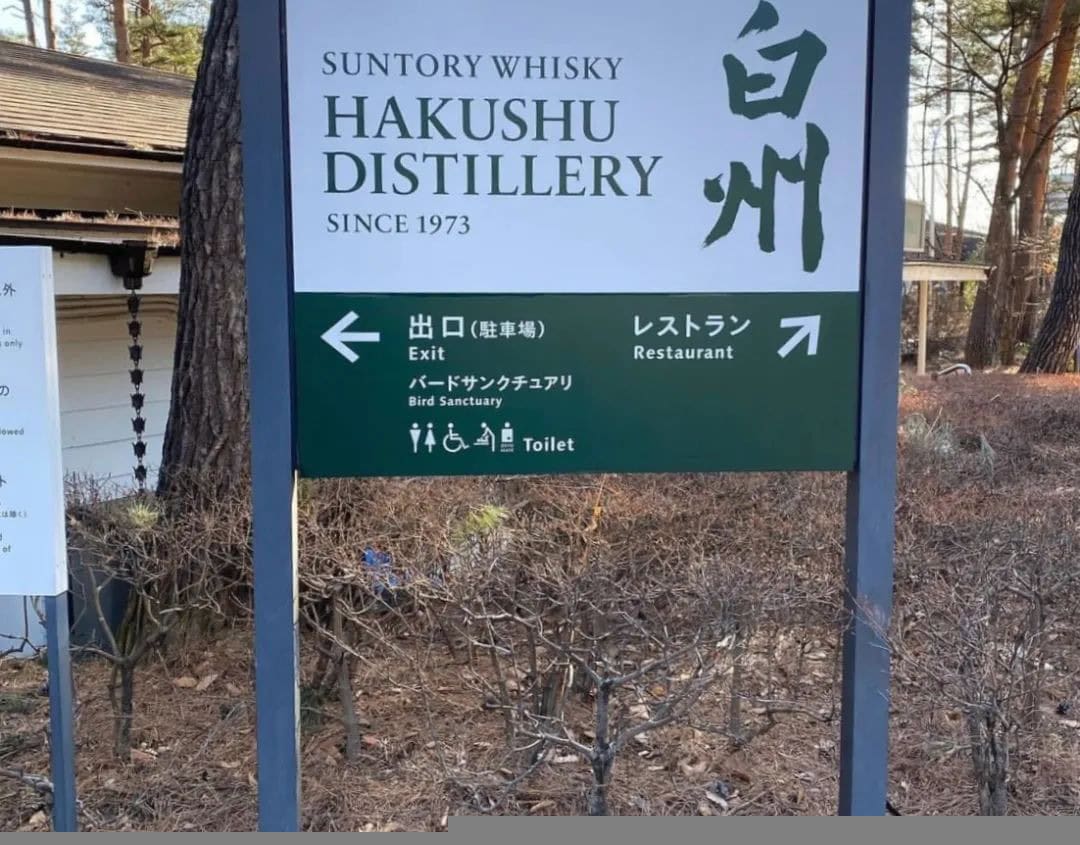
At this rate, the world’s fifth-largest whisky producer—Japan, which started later than Scotland, the United States, Ireland, and Canada—might one day truly stage a comeback and quietly climb to the top of the pecking order, surprising everyone.
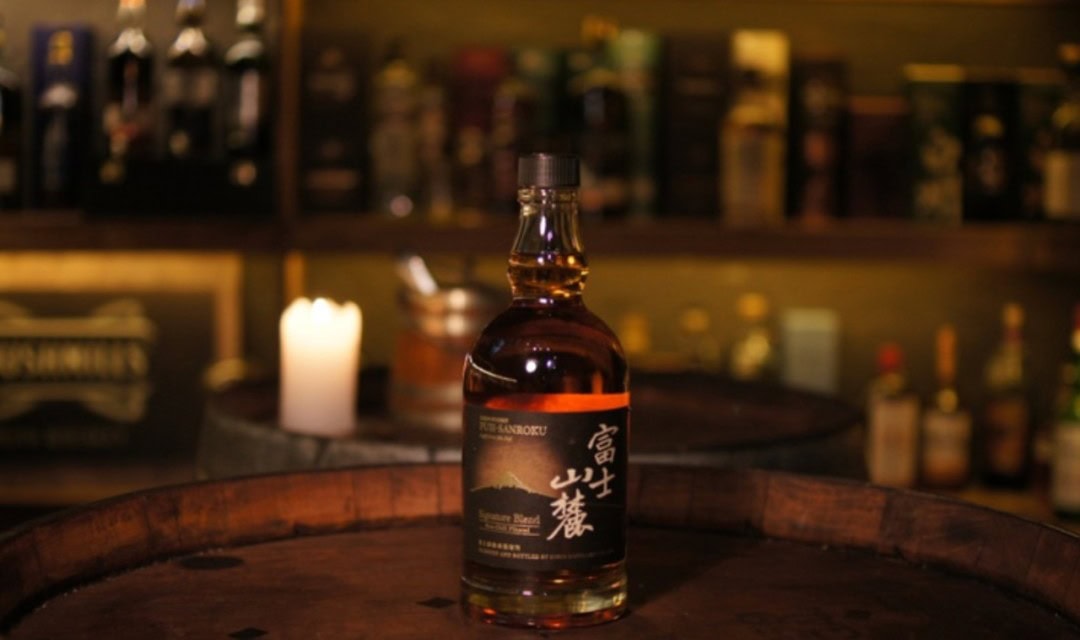
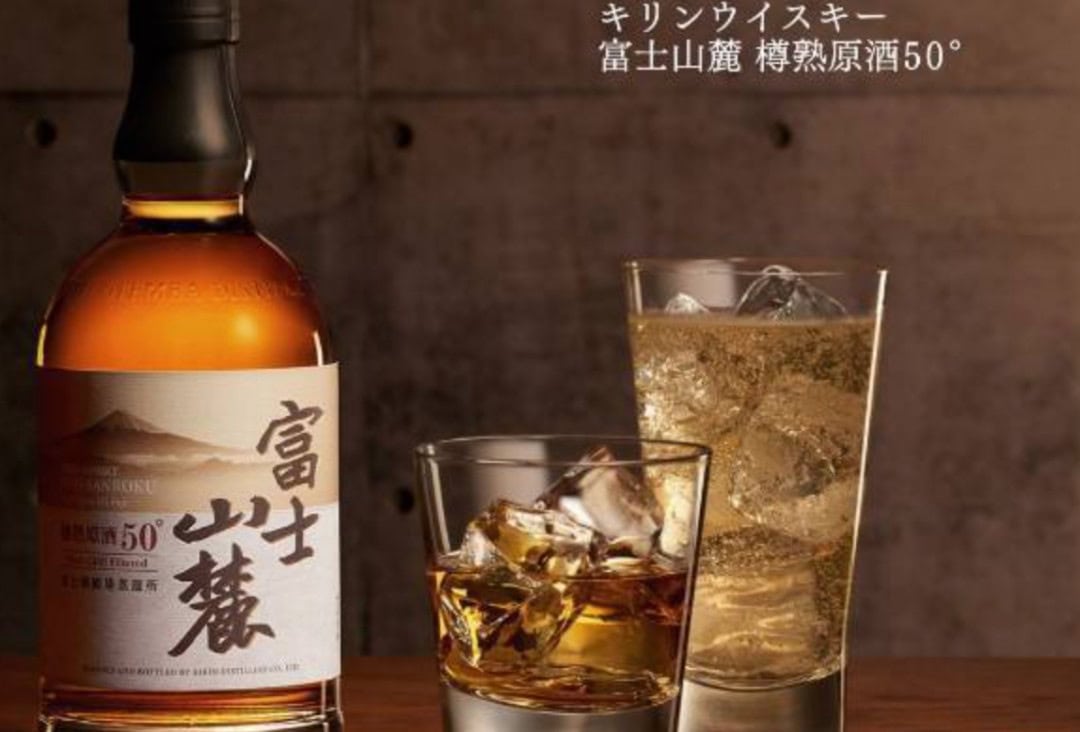
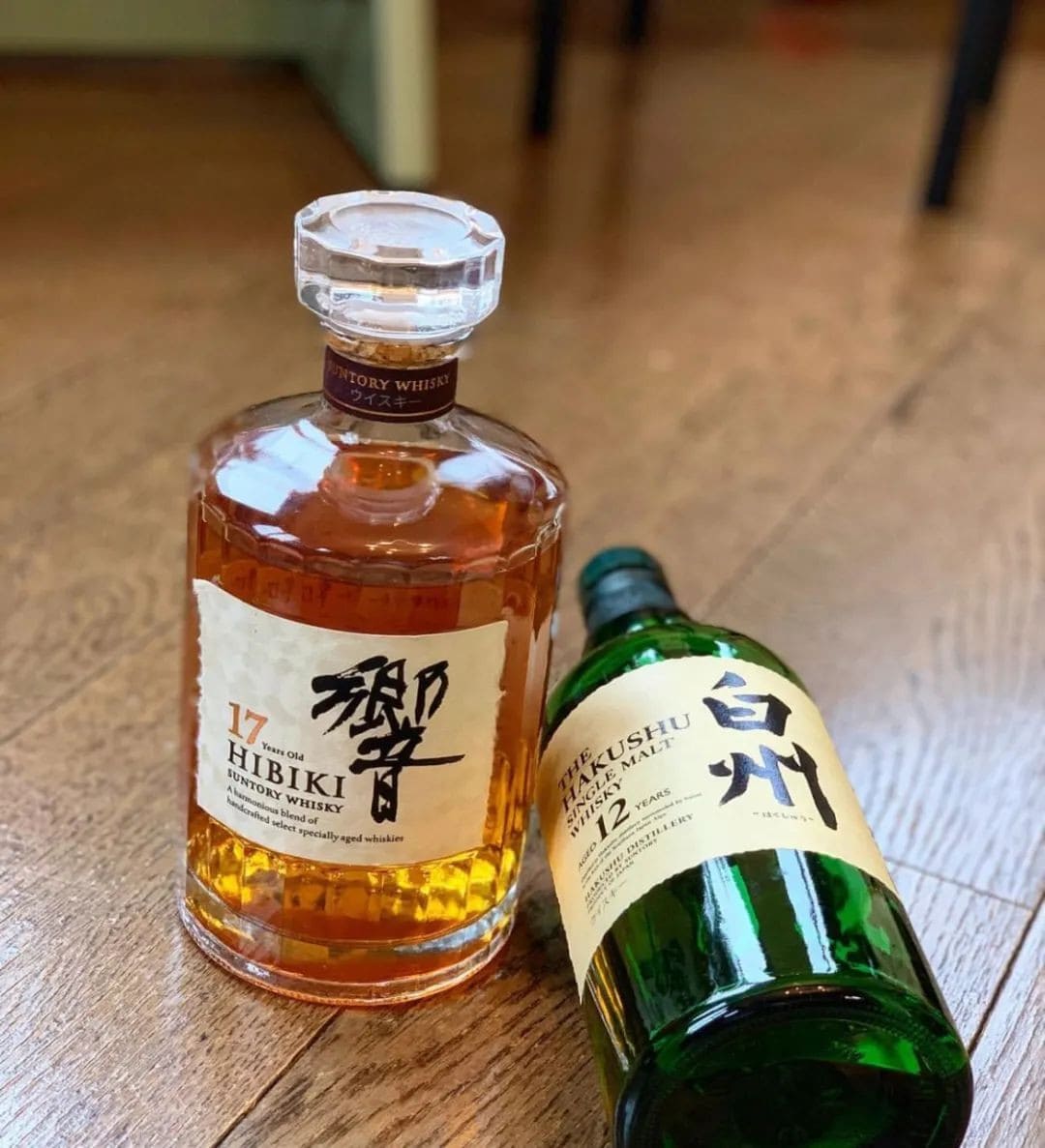
You can treat this article as an introductory piece, a buying guide, or even as gossip. There’s a lot to talk about when it comes to Japanese whisky.
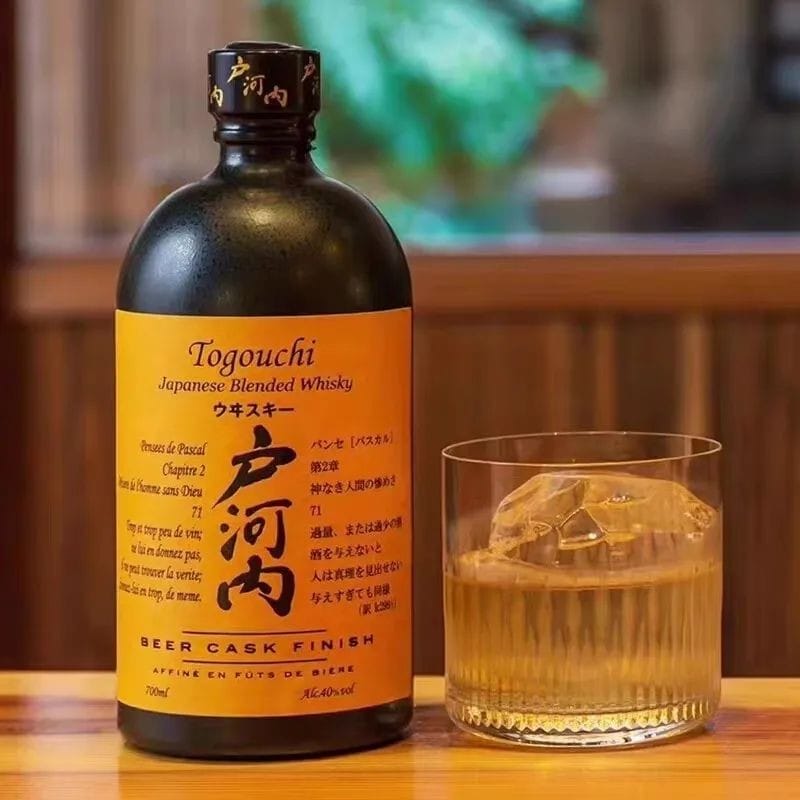
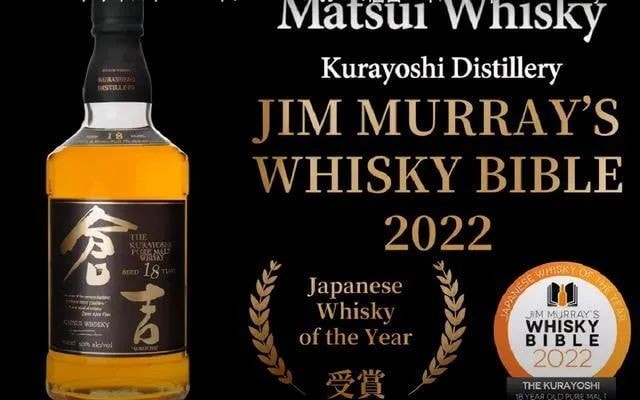
*Still from “My Half-Life” The waiter is holding Nikka Yoichi
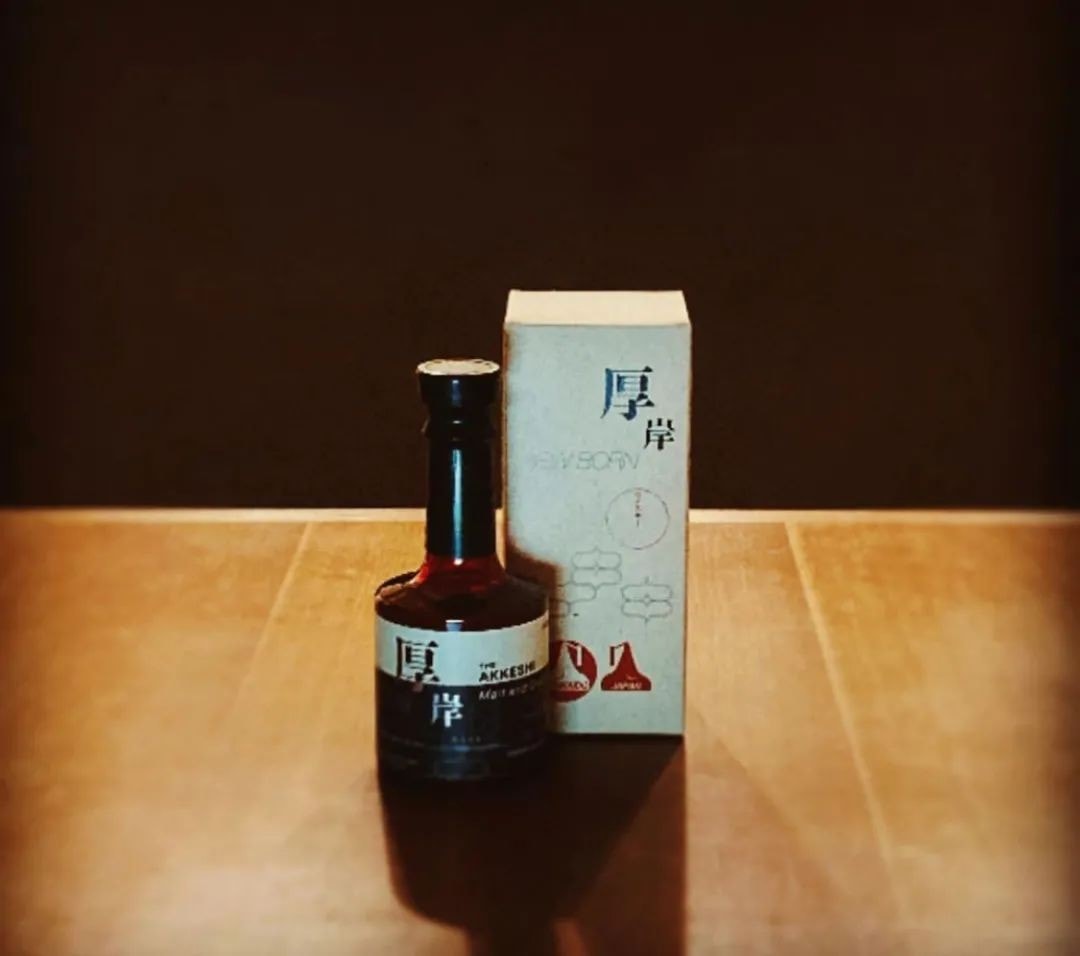
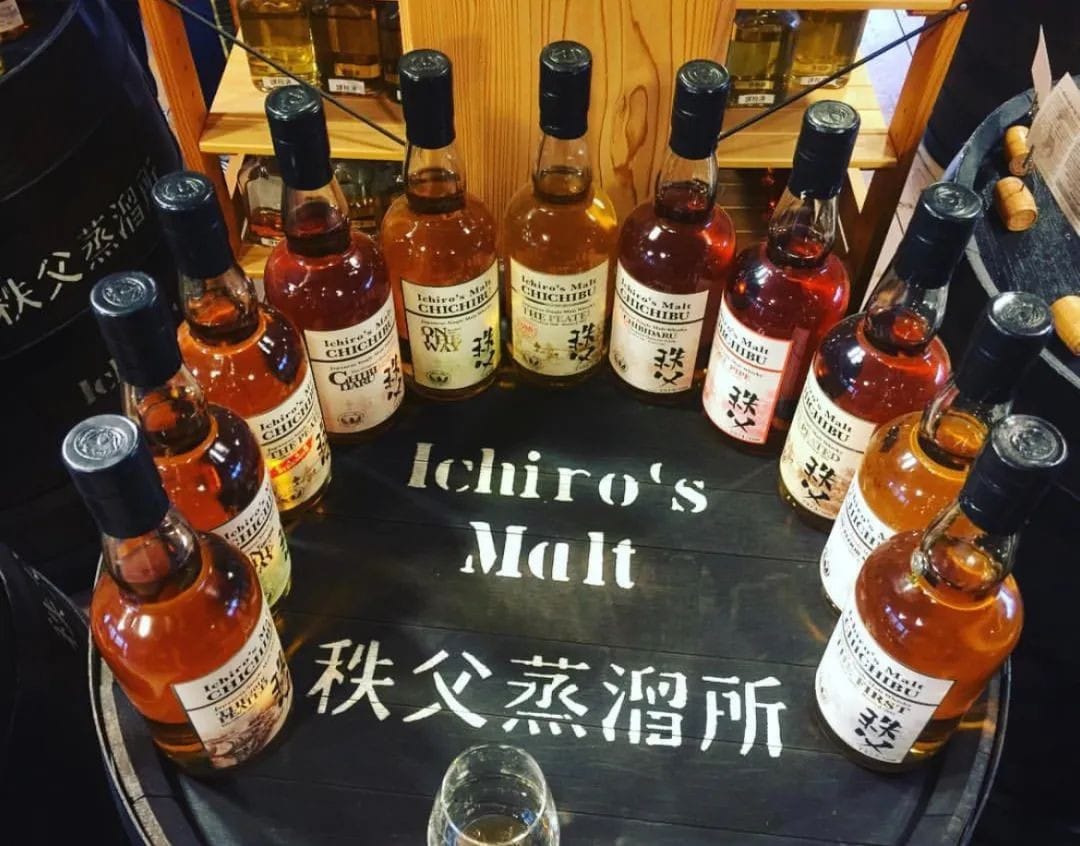
Why is Japanese Whisky So Expensive?
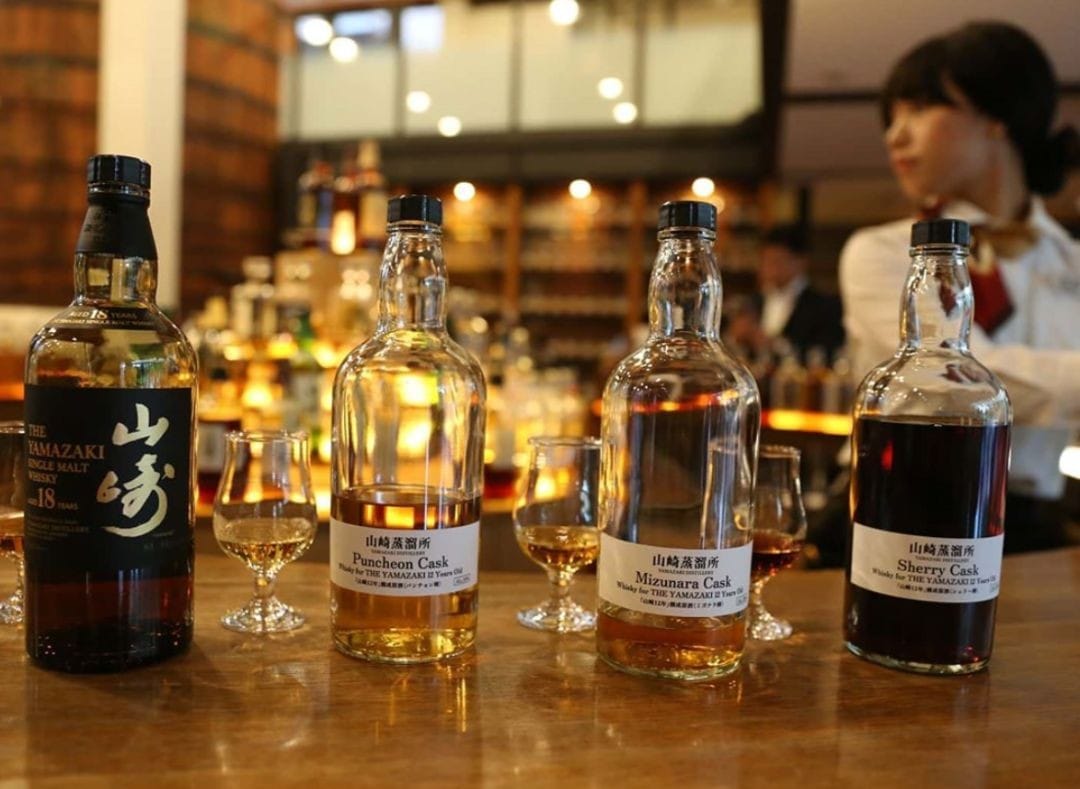
Last year, I jokingly wrote in an article, “Stealing electric bike batteries isn’t dignified; I’d rather hoard Japanese whisky to support you.” However, this year, those looking to purchase popular whisky brands might only sigh at the price tags. Even after price hikes, the cost continues to rise, surpassing even financial products in terms of growth rate.
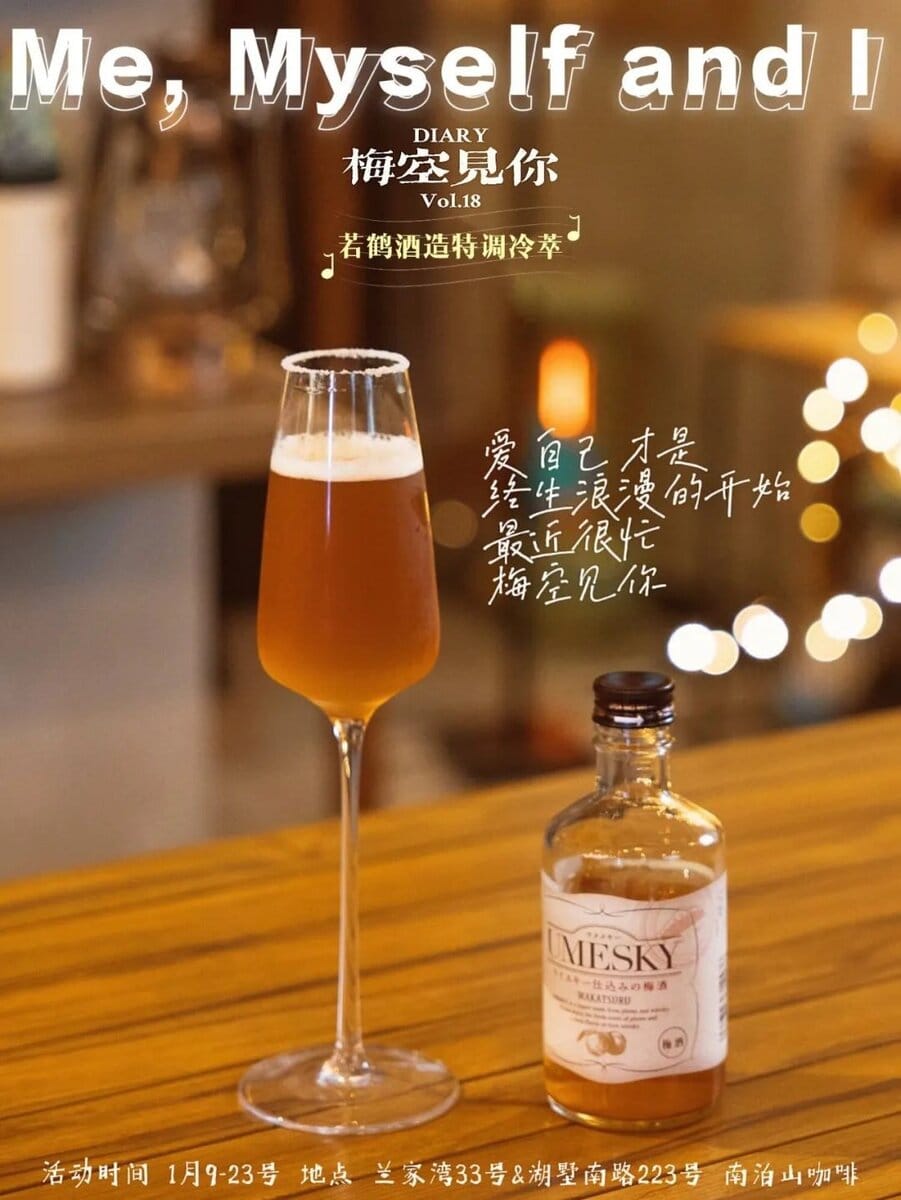
For instance, Hakushu 25 Year Old, which has won the World’s Best Single Malt Whisky award twice at the WWA, now sells for over 50,000 RMB per bottle. Last year, it was still around 30,000 RMB, making me regret missing out on a profitable opportunity.
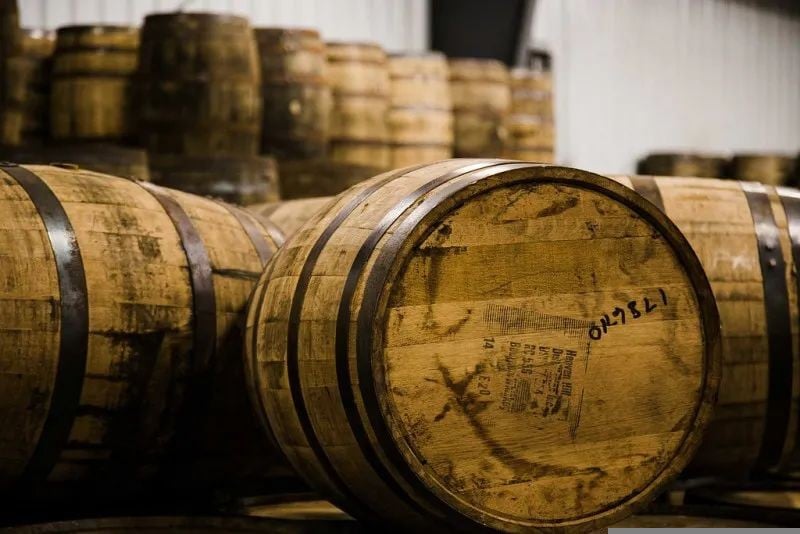
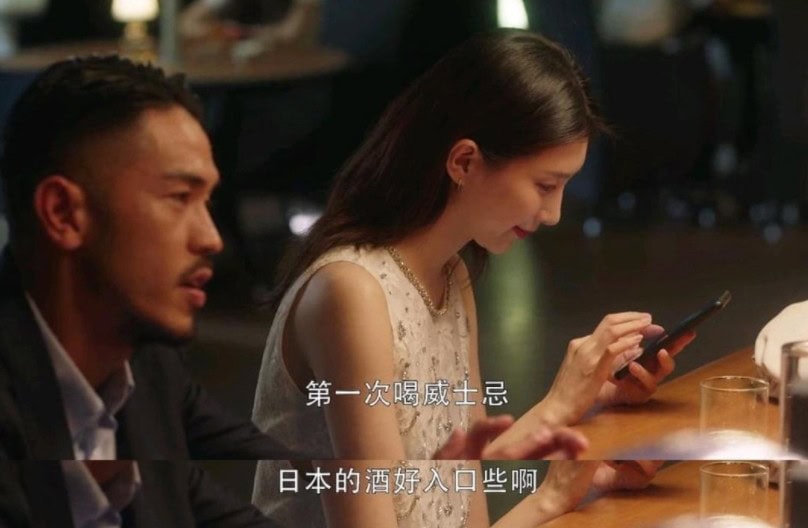
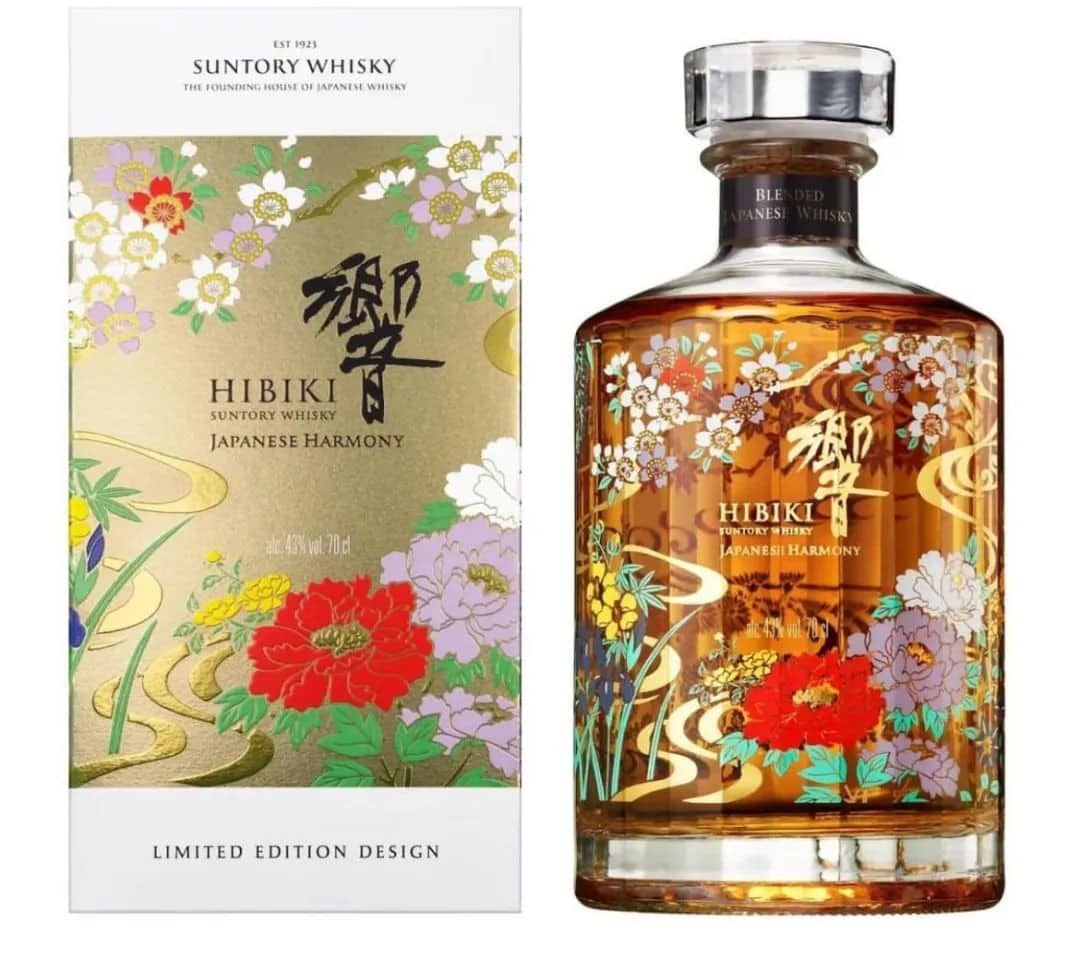
Under various circumstances, many have started to complain about the high prices and alleged speculation surrounding Japanese whisky. However, I feel the need to defend it.
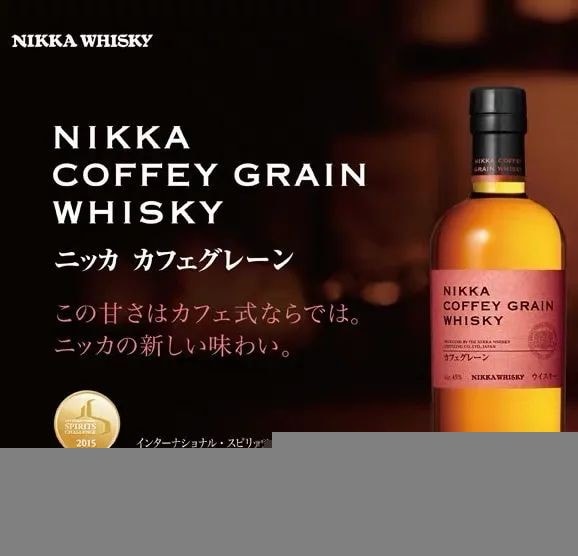
Japanese whisky wasn’t always expensive. In fact, during its early market expansion, popular brands like Yamazaki and Hakushu were not only affordable but also came with free trips to Japan as incentives for distributors to sell more.
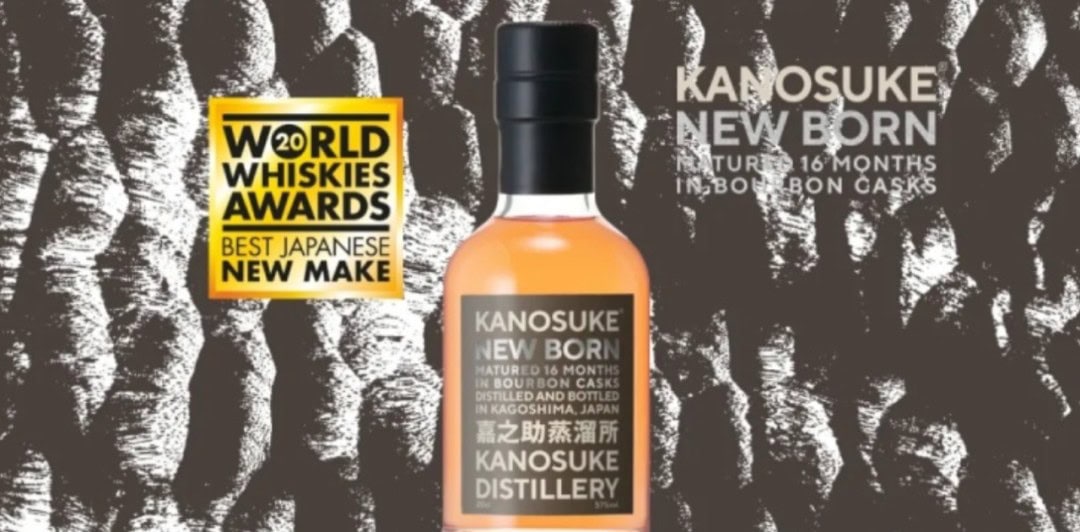
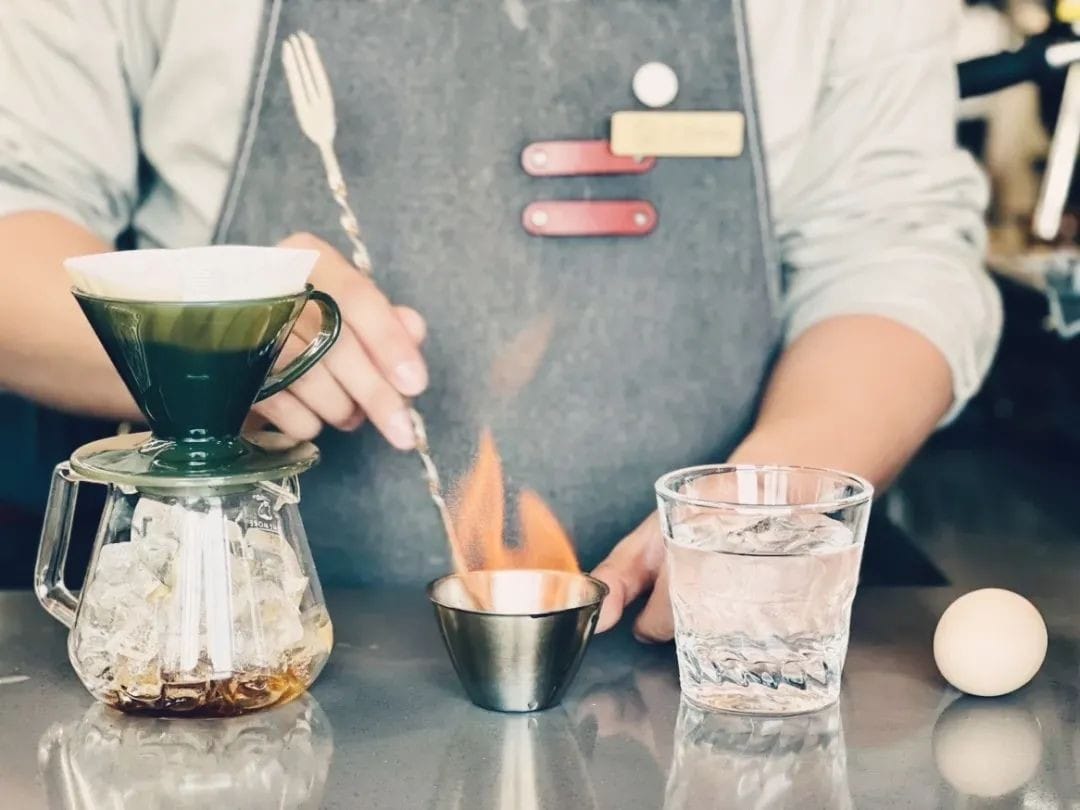
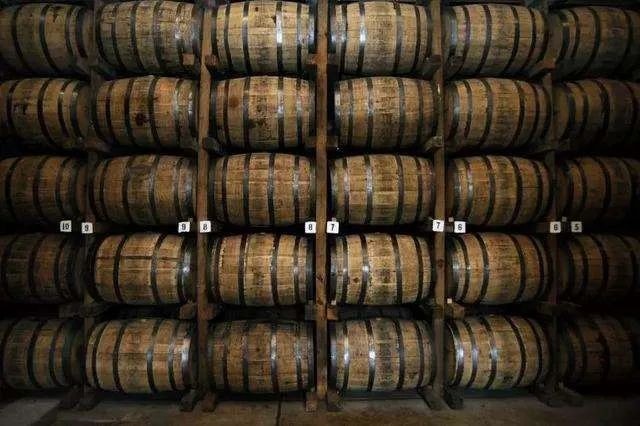
To balance revenue and expenses, distilleries also produced cider to make money.
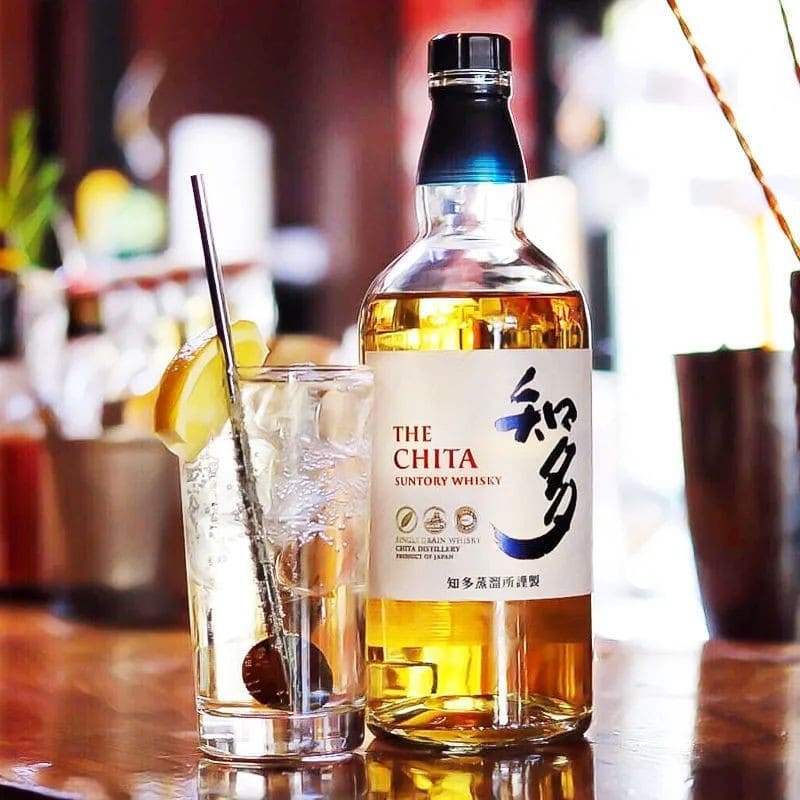
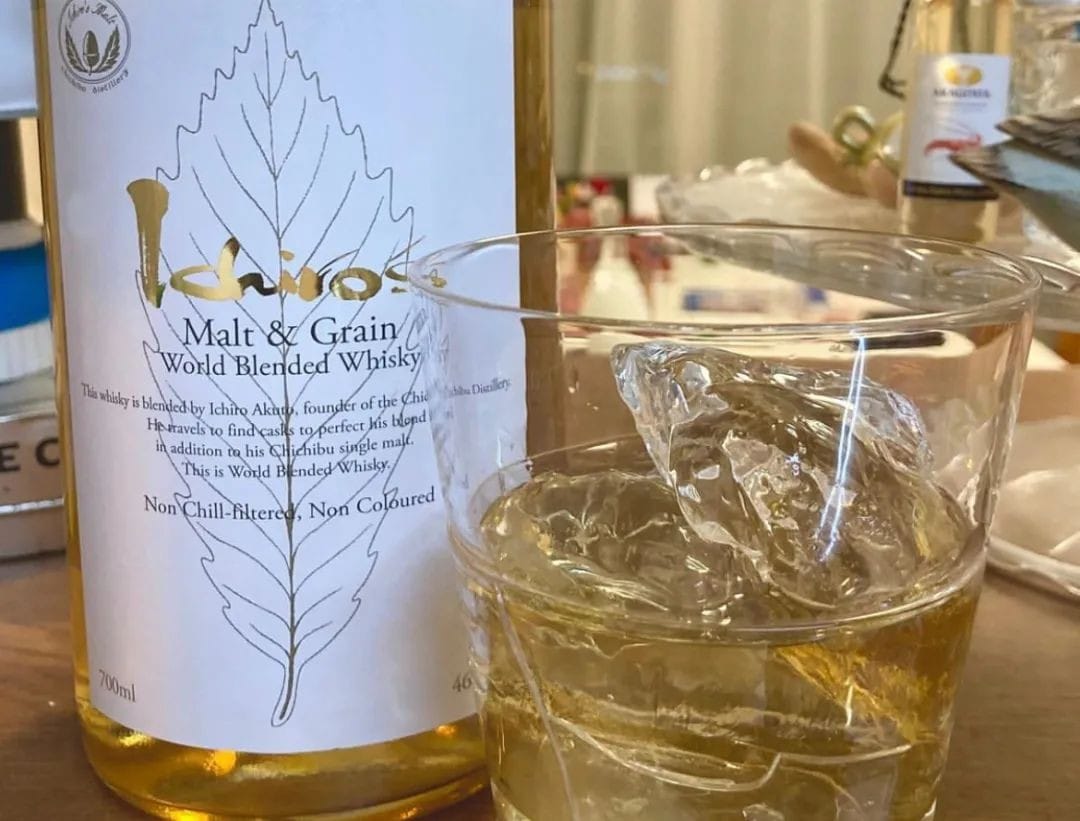
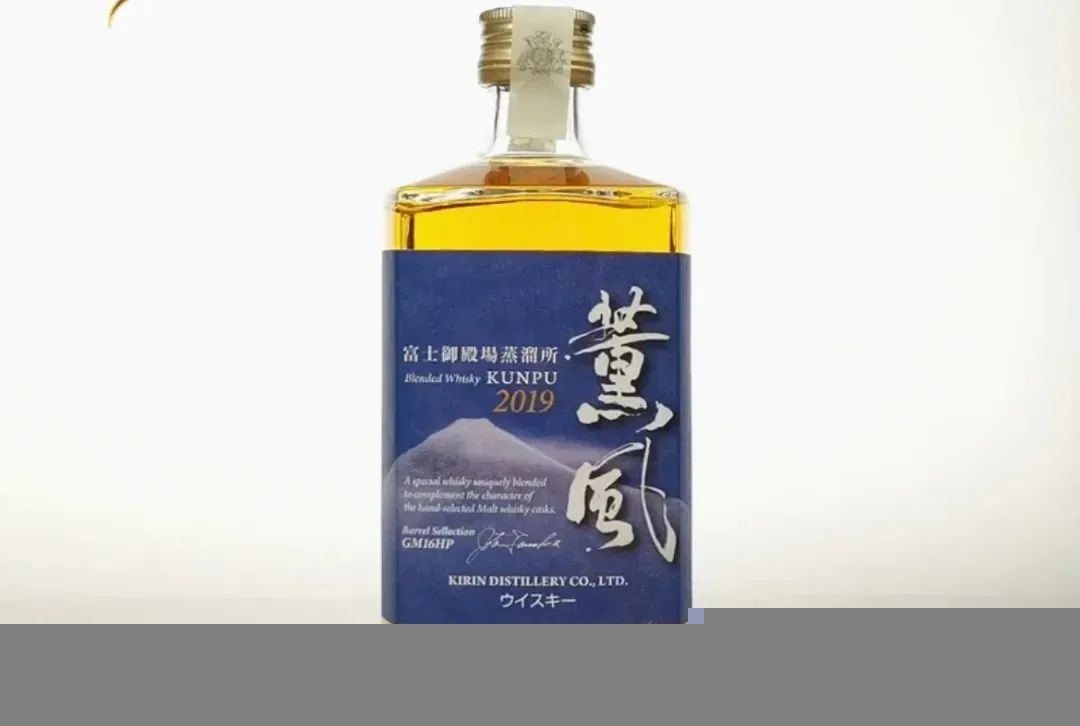
Gold will always shine. Since Nikka’s Yoichi 10 Year Old won an award in 2001, Japanese whisky has entered a “crazy” phase, racking up awards. As demand grew and supply remained limited, prices naturally soared.
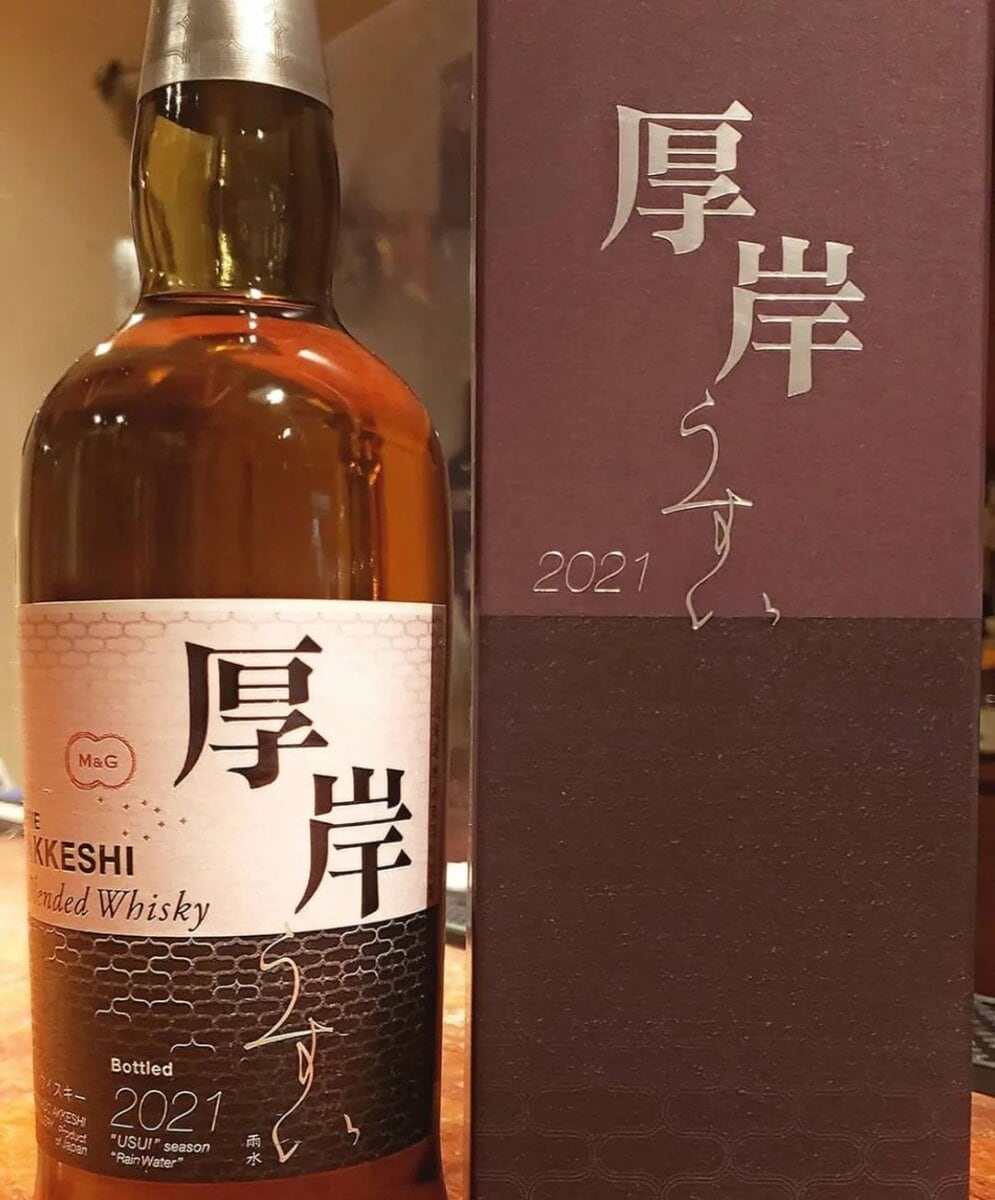
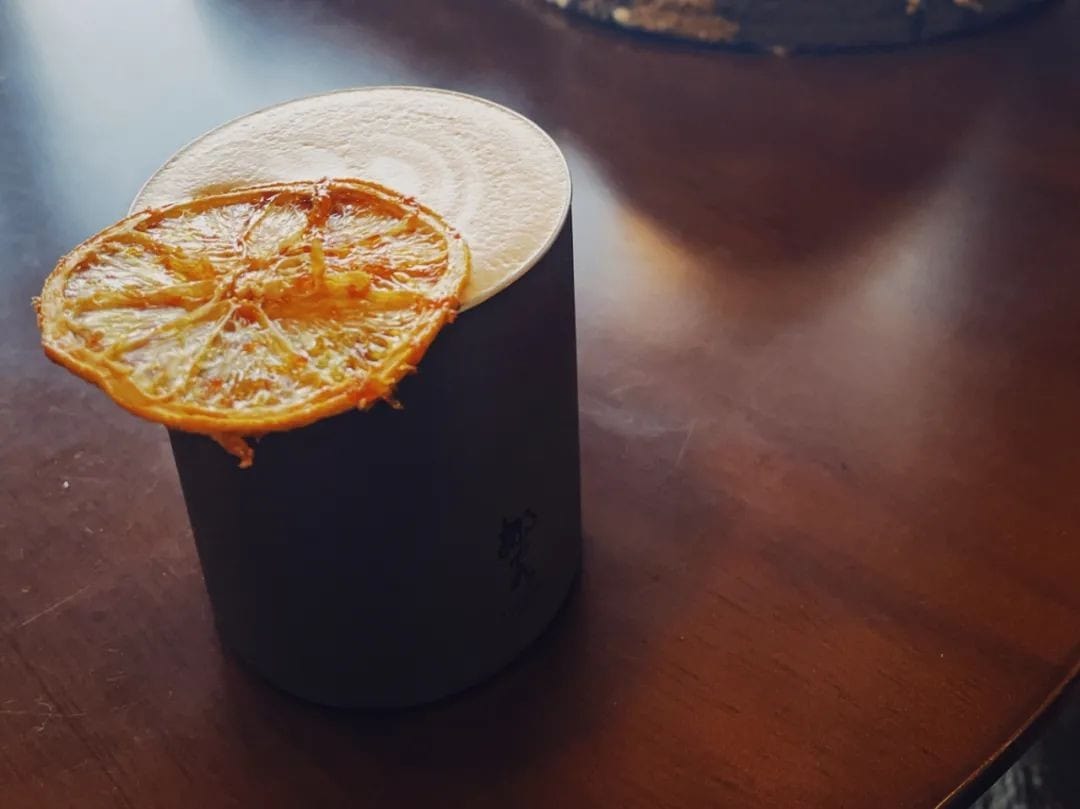
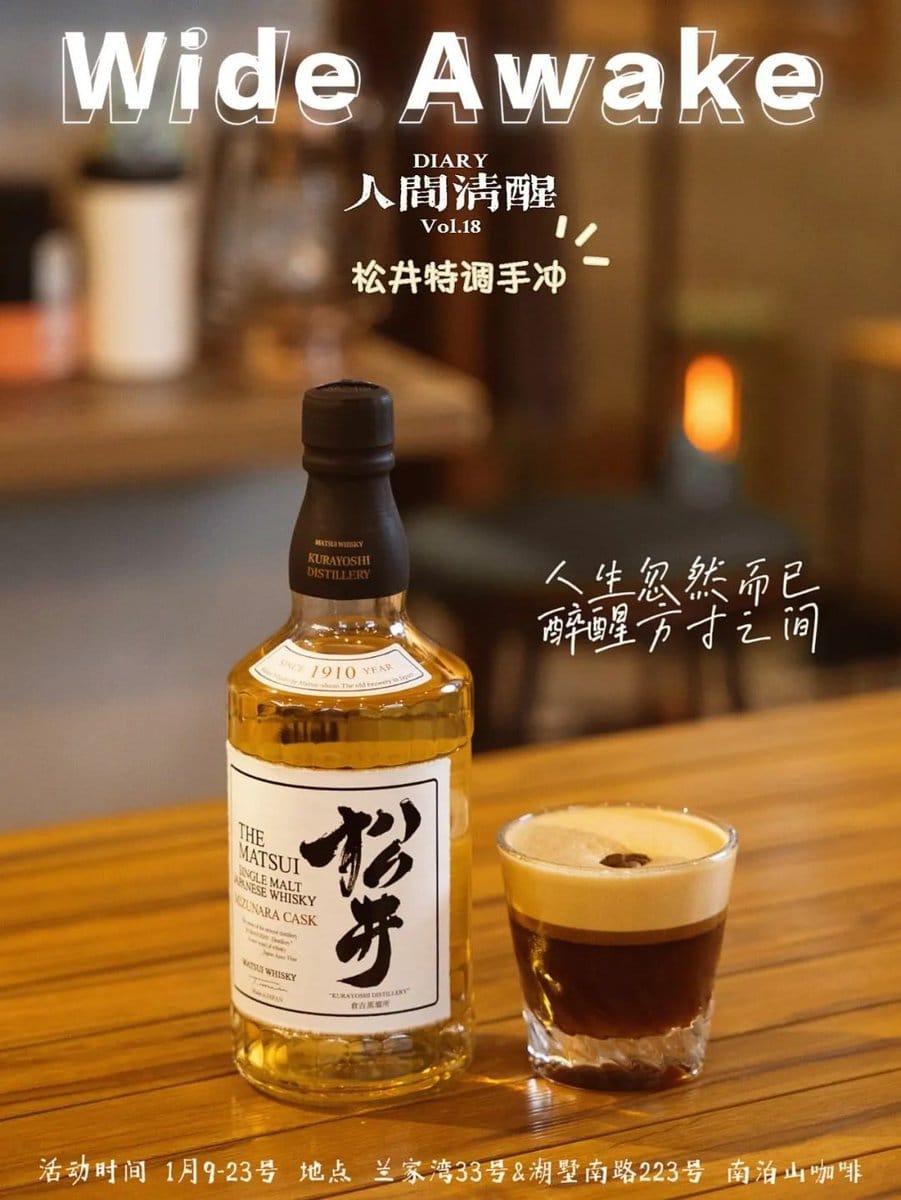
Some might ask why distilleries don’t increase production to lower prices.
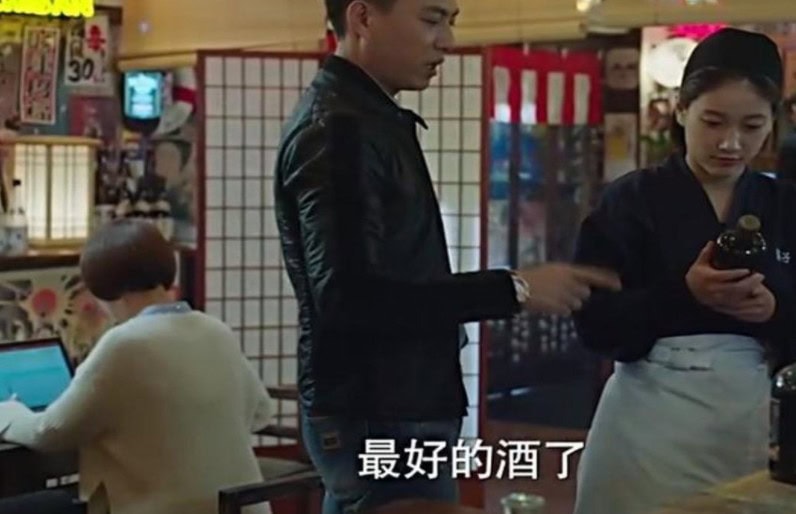
You overlook one crucial factor: the aging process of whisky. Whisky on the market today has been aged for anywhere from three to four years to over twenty years.
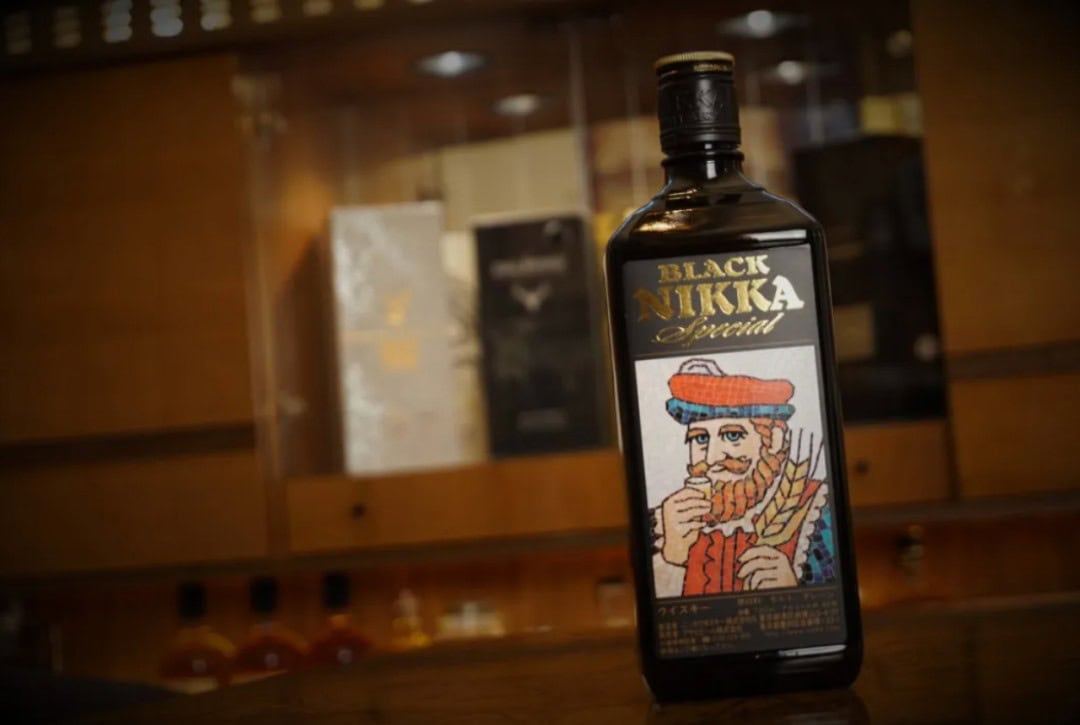
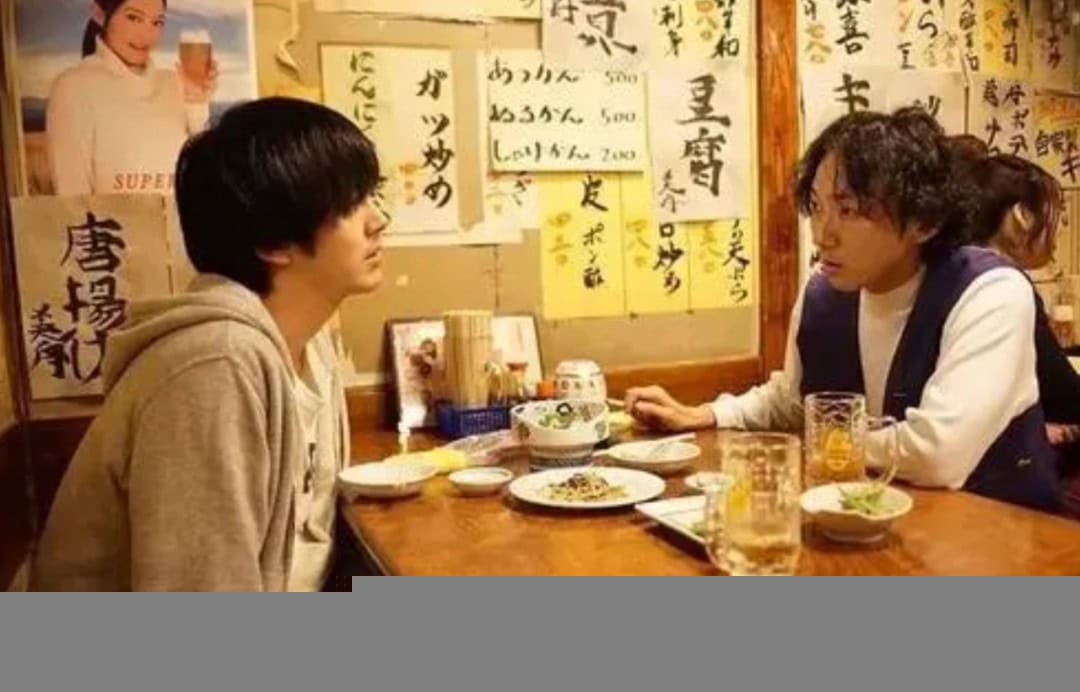
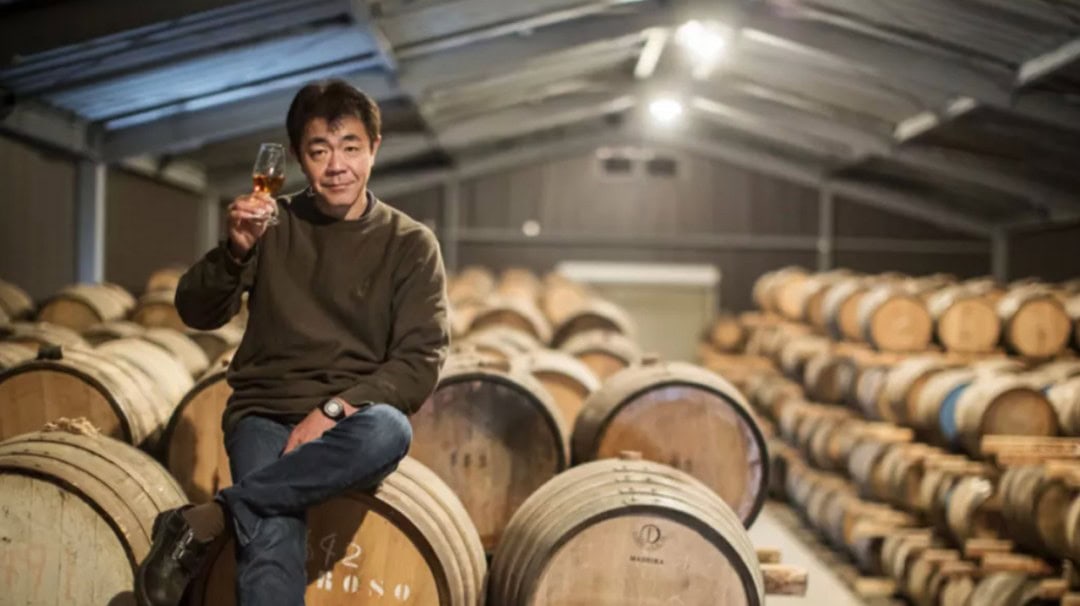
Decades ago, during the low ebb of the Japanese whisky industry, distillery owners were just trying to stay afloat; no one thought about increasing production.
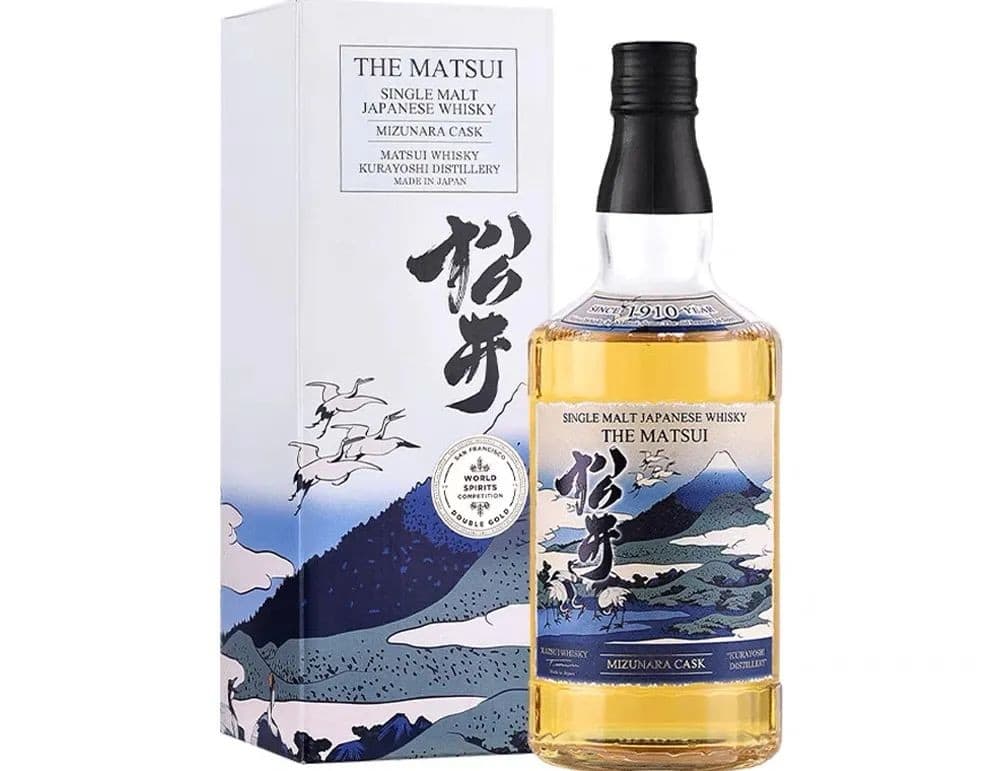
In tough times, Suntory even sold off its aged stock. Selling off the distillery’s reserves was akin to killing the goose that lays the golden eggs, indicating how dire the situation was.
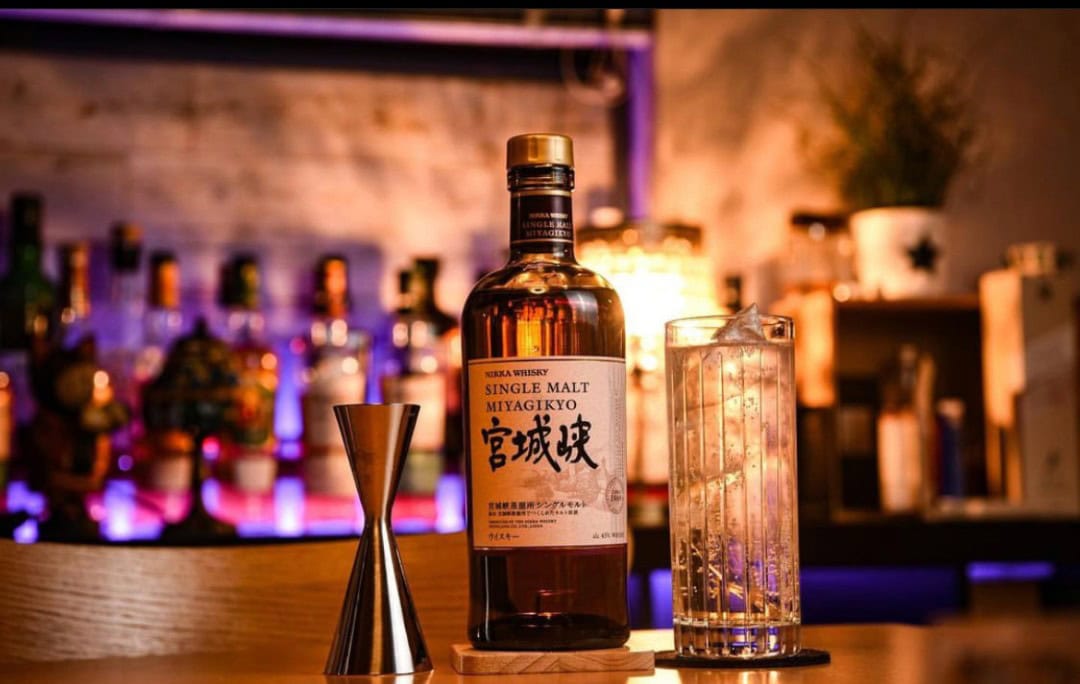
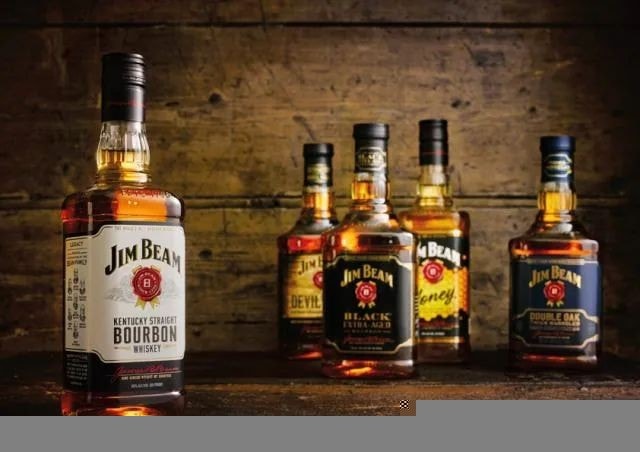
Even after the millennium, as Japanese whisky began to recover, the limited stock from earlier times was insufficient to meet global demand.
Even Suntory’s Kakubin, a staple whisky, had to halt production in 2019 due to insufficient aged stock.
Therefore, the amount of whisky produced each year is a bet on the future by the owners, with a time lag involved. With the current favorable conditions, the number of distilleries and their production volumes are increasing annually. I believe that overall prices will eventually drop, depending on how long we can wait.
Moreover, most non-age-statement whiskies are not expensive, with options available in the 300-500 RMB budget range.
What is the Appeal of Japanese Whisky?
Before criticizing the prices, whisky enthusiasts have also complained about the taste of Japanese whisky. For those accustomed to peaty Scotch, the first reaction to the lighter taste of Japanese whisky is likely to be that it’s not authentic.
*Scotch whisky’s peaty flavor is highly distinctive
Suntory’s founder, Torii Shinjiro, was determined to create whisky that better suited the tastes of the East. He parted ways with his partner (later the founder of Nikka, Takeharu Taketsuru) to pursue this “unorthodox” path for Japanese whisky.
He perfected the smooth and gentle taste of whisky, ensuring that the aroma lingered in the mouth and body for a long time, with a particularly long finish. This has attracted more female whisky enthusiasts to Japanese whisky.
*Still from the TV series “Thirty”
In my previous article, I introduced the two main branches of whisky: single malt and blended whisky. In short, single malt has a relatively strong flavor, while blended whisky is characterized by its softness, which is exactly the forte of Japanese whisky. Therefore, it is entirely justified that they have won so many awards.
A quick search will reveal that the WWA (World Whisky Awards) “World’s Best Blended Whisky” and “World’s Best Limited Edition Blended Whisky” are practically the home turf for Japanese whisky awards.
*WWA World’s Best Blended Whisky – Past Winners @WhiskyTOP
Japanese whisky does not merely replicate the style of Scotch whisky; its unique feature is the oriental Zen-like essence that it brings. Here’s a warm fact: only 40% of a whisky’s flavor comes from the original spirit, while 60% comes from the cask. Hence, many people are particular about the cask when choosing their whisky.
The Japanese mizunara oak cask imparts a distinctive oriental sandalwood aroma to the whisky, setting it apart from the flavors of bourbon and sherry casks, and giving Japanese whisky its unique scent signature.
After looking at some whisky varieties, I realized that the Japanese really know how to creatively use different casks, such as red wine casks, noble rot casks, and cherry blossom casks… whatever is fresh and new.
By the way, the flavor of the original spirit is determined by the shape of the stills used in distillation. Some whiskies taste light, while others are heavy.
In fact, the current success of Japanese whisky is also greatly related to the country’s national sentiment. The Japanese public has a very high acceptance of whisky. Who hasn’t had a highball at an izakaya?
If you often watch Japanese dramas, you know that scenes in izakayas inevitably involve highballs, sake, and draft beer.
*Still from the Japanese drama “”
Let me tell you a secret: this way of drinking whisky with soda water was actually a marketing strategy devised by Suntory. With its low price and great taste, whisky quickly became a national drink, also helping Suntory out of the predicament of selling only bulk whisky.
*You can also make it at home (add concentrated liquid for various fruit flavors)
Some people are moved by these “comeback stories” of Japanese whisky and fall in love with it; others are captivated by its appearance at first sight. Compared to Scotch whisky, Japanese whisky bottles are more creative, especially in line with oriental aesthetics.
The Hibiki series is my favorite; every time I see the bottle, I can’t help but feel a strong attraction. This is a limited edition Hibiki, with full Japanese style from the box to the bottle.
The Karuizawa Ukiyo-e series will get the DNA of collectors moving.
There’s also the Nikka Samurai Head bottle, which feels like collecting some kind of figurine. In cultural output, the Japanese people might really have a talent.
Which brand of Japanese whisky should you choose?
Who is suitable for drinking Japanese whisky? I think it’s whisky beginners, especially women. The reason has been mentioned before: it has a particularly soft and smooth entry, making it comfortable to drink.
However, the price difference for Japanese whisky on the market is quite large, and there are many varieties, ranging from the hundred-yuan Kakubin to the thousand-yuan or even ten-thousand-yuan vintage whiskies. Buying the right whisky for yourself is the key to not wasting money.
Due to the late start of Japanese whisky, it was not until last year that corresponding regulations were introduced, stipulating that only whisky produced and bottled within Japan using water sourced from within the country can be labeled as “Japanese Whisky.”
*The label on the bottle is a crucial place to read information.
Before this, many Japanese distilleries would import raw whisky from abroad, process it domestically, and then sell it. Therefore, brands like Kurayoshi, Koshu, Kitaya, and Tono River were dubbed “fake Japanese whisky” by insiders. This does not mean they taste inferior; after all, Kurayoshi has won awards. They simply do not meet the criteria to be called “Japanese Whisky.”
In contrast, brands like Hakushu, Yamazaki, Taketsuru, and Akkeshi, which are entirely produced within Japan, are considered “true Japanese whisky.” True Japanese whisky generally commands a higher price.
There is also a category called “World Whisky,” such as Ao, Chichibu Malt & Grain White Label, and Nagahama Malt Whisky. These are blended whiskies made from raw whisky produced in multiple countries.
Further categorizing, when buying whisky, one mainly looks at the ingredients and age, with some also considering the barrel and region.
Whisky made solely from malted barley and water is called Single Malt. Whisky made from grain is called Grain Whisky. Blended Malt is a mix of Single Malt and Grain Whisky. There is no inherent superiority among these; the difference mainly lies in the taste.
*Suntory’s Chita Grain Whisky
If a number follows the name, it indicates an aged whisky. Generally, the older the whisky, the richer the taste and the higher the price. If there is no number, it is a non-age-statement whisky, blended from raw whisky of different ages.
Personally, I believe one can start with non-age-statement whiskies without blindly opting for the expensive ones.
Next is to consider the brand, which is linked to the distillery. Each distillery has its own characteristics, much like choosing a book by its publisher.
For example, Suntory’s Hakushu Distillery is known for its fresh, fruity-scented whisky, which feels like walking through a forest. In contrast, Nikka’s Yoichi Distillery is famous for its robust, smoky whisky.
Suntory’s flagship brand Hibiki is a blend of whiskies from Hakushu, Yamazaki, and Chita distilleries, combining the best of each.
Although new distilleries are emerging like mushrooms after rain, they have yet to challenge the dominance of Suntory and Nikka. Both have extensive product lines, popular products, and formidable “trinity” brands.
Suntory: Yamazaki, Hakushu, Hibiki, Toki, Chita, Kakubin
Nikka: Yoichi, Taketsuru, Miyagikyo, Coffey series
I have already introduced these two in detail in a previous article, so I won’t elaborate further here. Apart from award-winning bottles, other prices are quite reasonable.
Entry-level options include Miyagikyo and Chita, which are affordable and easy to drink. The Coffey series is highly recommended for its mild, restrained flavor with a hint of rose and a slightly sweet aftertaste, making it perfect for women.
The first tier of Japanese whisky brands, besides Suntory and Nikka, also includes Chichibu.
It has shined at the WWA for many years. Although a new distillery, its founder, Ichiro Akuto, bought back hundreds of barrels from his grandfather’s defunct Hanyu Distillery, giving it a solid foundation.
Due to the insufficient aging of newly distilled spirits, Chichibu primarily focuses on blended whiskies and fully retains the practice of using Mizunara oak barrels.
The award-winning Black Leaf is already unaffordable, even if you have the money. White Leaf is a world whisky with weaker flavor personality but excels in balance, priced around 400 yuan per bottle.
Green Leaf is a single malt whisky distilled twice, offering more layered flavors, suitable for savoring, and priced at over 2000 yuan per bottle. There is also the Red Leaf, matured in red wine barrels, blending wine flavors, priced around 1400 yuan.
Whether for personal consumption or collection, I believe that in the current boom of Japanese whisky, it’s worth looking at smaller, more promising distilleries.
**Matsui Shuzou**
This year, Matsui’s Kurayoshi 18-year-old single malt whisky, which won both the WWA and the “Whisky Bible” Best Japanese Whisky, is from Matsui. This whisky has skyrocketed to 2000 yuan, while the 15-year-old is priced around 1000 yuan; the 8-year-old sells for over 700 yuan, all benefiting from the awards.
Although Matsui is a new distillery, it has won countless awards and is very skilled in using various barrels to create distinctive flavors. Last year’s non-age-statement whisky was a huge success, and the Mizunara single cask No. 318 was even named the “Single Cask of the Year” by the “Whisky Bible.”
While we may not be able to get the single cask whisky, similar versions are available. The non-age-statement single malt whisky matured in Mizunara barrels currently sells for around 1000 yuan.
The Sakura Barrel, with a similar price, has a more attractive bottle (I’m a sucker for aesthetics).
**Kanosuke Distillery**
Kanosuke is a new business line of an old factory, with over 100 years of brewing experience. Although it has only been operating for four years, it has already won some awards, such as the “New Born” which won the Best New Japanese Whisky at the WWA. This whisky currently sells for 500 yuan, but only in 200ml bottles.
Fans of Scotch whisky can pay special attention, as Kanosuke leans more towards peaty flavors, and the distillers have even gone to Scotland for experience. After “New Born” and “New Pot,” Kanosuke finally released its first true Japanese whisky last year, but the production is limited, and the price is slightly higher, between 2000-3000 yuan.
**Fuji Gotemba Distillery**
This distillery is under the Kirin Group and is named after its location at the foot of Mount Fuji. Kirin is a big player in the alcohol industry, with good resources and experience.
The Black Label blended whisky Fuji Gotemba sells for 500 yuan, with vanilla and fruit aromas. Although it has already increased in price, it still offers good value and is worth purchasing.
The Fuji Gotemba released in 19 years has a lighter taste, reportedly a limited edition, currently priced at 700 yuan.
**Akkeshi Distillery**
I feel that Akkeshi is catching up to Chichibu in terms of popularity, with extremely high reputation. It also follows a more Scottish approach, specifically building the distillery in Akkeshi Town, Hokkaido, which has a climate similar to the whisky, aiming to create Akkeshi flavors using Scottish techniques.
Due to the very small scale of the distillery, with only two stills, and the extremely high demand for its products, the available whiskies are not cheap. The initial release was “New Born,” which has undergone four iterations. The first three versions were single malt, and the 4.0 version is a blended whisky.
I could only find the fourth edition domestically, which uses four different barrels for maturation, offering a rich aroma, priced at 800 yuan, while its initial release price was only 200 yuan.
The year before last, Atskeshi introduced another blended whisky, Sarorunkamuy, which means red-crowned crane. The design of the white porcelain bottle with a touch of red is perfectly aligned with its name. It not only looks good but also tastes great, winning a gold medal at the Singapore Spirits Competition upon its release, with a current price of around 1100 yuan.
Atskeshi is quite adept at creating buzz. Starting from the end of 2020, they began to release the “Twenty-Four Solar Terms Series” with Hanlu (Cold Dew), a single malt whisky that has been aged in sherry, red wine, and Mizunara casks, resulting in a very complex flavor profile. It also made an appearance on the 2021 WWA award list, with a domestic price of over 4000 yuan.
*The one on the left is Hanlu
Hanlu is just the beginning. Throughout the year, Atskeshi also introduced Rain Water, End of Heat, and Grain in Ear to whisky enthusiasts. These are all blended whiskies, but with different processing methods and unique flavors. Currently priced between 2000-4000 yuan, their high cost is due to each being limited edition, making them a case of “drink one less one.” If you can collect a full set, it would indeed be quite impressive.
There are many other promising niche distilleries, but due to space constraints, I won’t go into detail about each one.
To summarize, beginners don’t need to buy overly expensive whiskies. Before developing a taste for whisky, even the best whiskies might be missed due to a lack of comparison. It’s better to start with cheaper options.
There’s no need for a snobbery chain; pseudo-Japanese whiskies are not inferior. Some of them can hold their own in terms of flavor.
Don’t blindly chase popular brands; finding a flavor you like is the most important thing.
Where to buy Japanese whisky?
When it was possible to travel freely, buying directly from Japanese stores or distilleries was the best option. But now, online shopping is the only way. If your city has reliable liquor stores, it’s also worth comparing prices there.
The most common online channels are undoubtedly Taobao and JD. I personally use Taobao more often, so I’ll share some experience.
There are many shops selling whisky on these platforms. It’s recommended to prioritize those with a reliable background, such as Japanese direct purchase shops in Tmall International.
After all, being their own store, logistics and after-sales service are much more reliable than those run by liquor stores, and there’s no need to worry about the authenticity of the products. They also don’t engage in bundling sales like some flagship stores. In the end, buying whisky is about peace of mind, especially if it’s a gift.
Within the shop, whisky has its own separate category, featuring popular brands like Yamazaki and Hakushu, as well as slightly more niche options like Chita and Matsui. The selection is quite comprehensive, almost like browsing a “Japanese whisky museum.” Just looking around without buying anything is already quite enjoyable.
Recently, there’s a New Year’s Festival from January 10th to 15th. On the mobile Taobao app, searching for the whisky emoji [🥃] will bring up some heartfelt recommendations for Japanese whiskies at good prices. It’s time to stock up for the New Year.
Finally, a personal note: what I admire most about Japanese whisky is its creativity, integrating much of its own culture into this imported product rather than merely copying.
Earlier, I mentioned Japan invented the Mizunara cask. Behind this is the fact that Western countries at the time restricted barrel trade, leaving distilleries unable to buy good barrels and forcing them to innovate, resulting in something remarkable.
Although the birthplace of whisky is in the West, Japan, with only 100 years of whisky history, has already begun to export to Western countries. The biggest player, Suntory, has acquired dozens of distilleries worldwide over the years, including legendary ones like Jim Beam in the U.S. and extremely niche ones like DYC in Spain, making it a global player.
As for whether it’s expensive or worth it, that depends on you. The release prices of Japanese whiskies are actually not high, but those award-winning popular brands have indeed seen significant price increases. This also indicates that Japanese whiskies are indeed in high demand, the harder to get, the more desirable they become.


